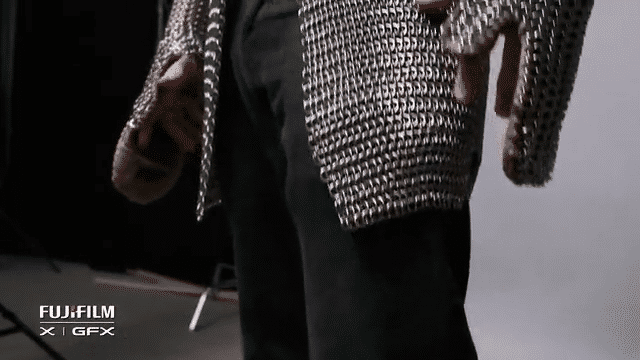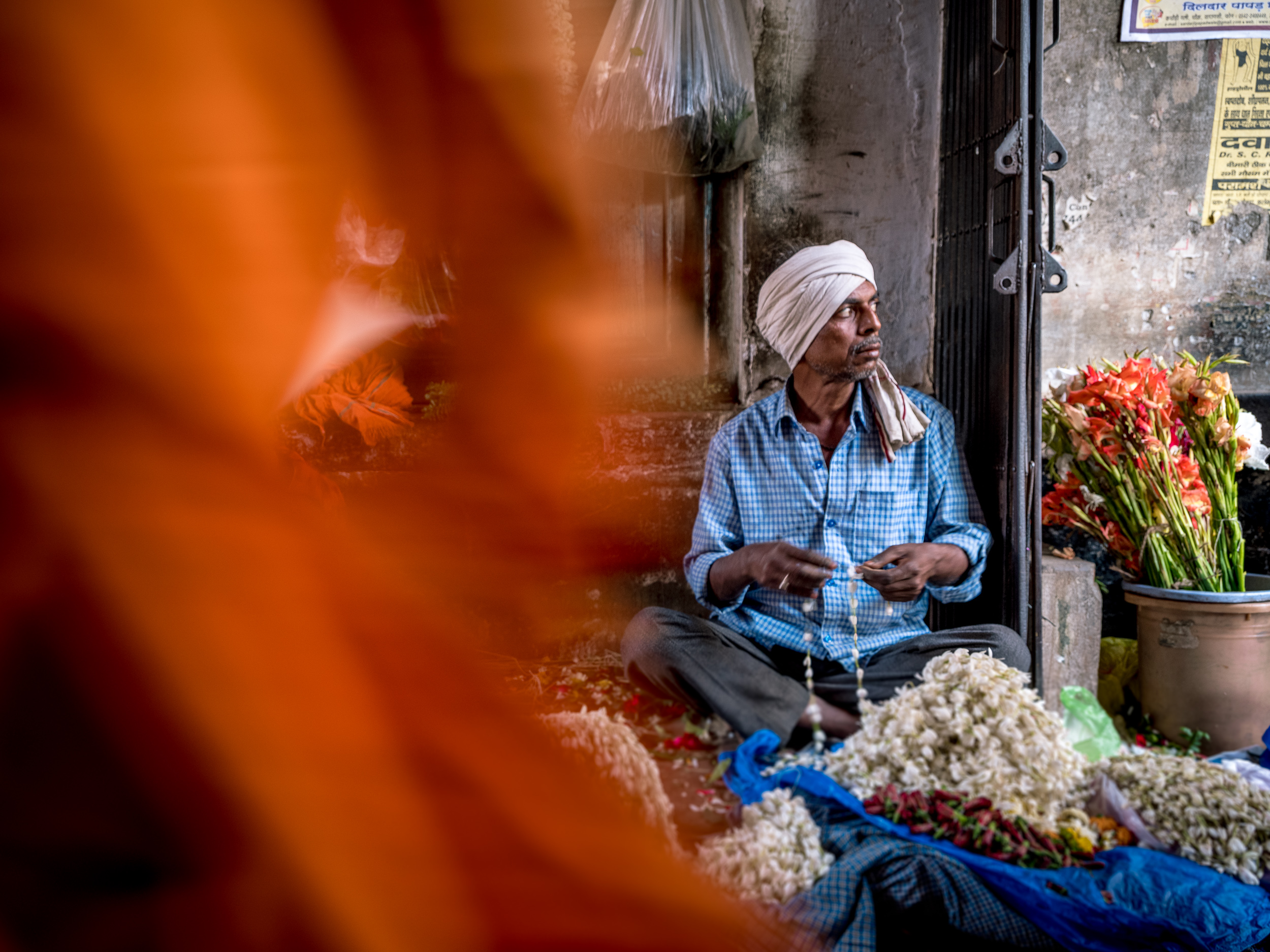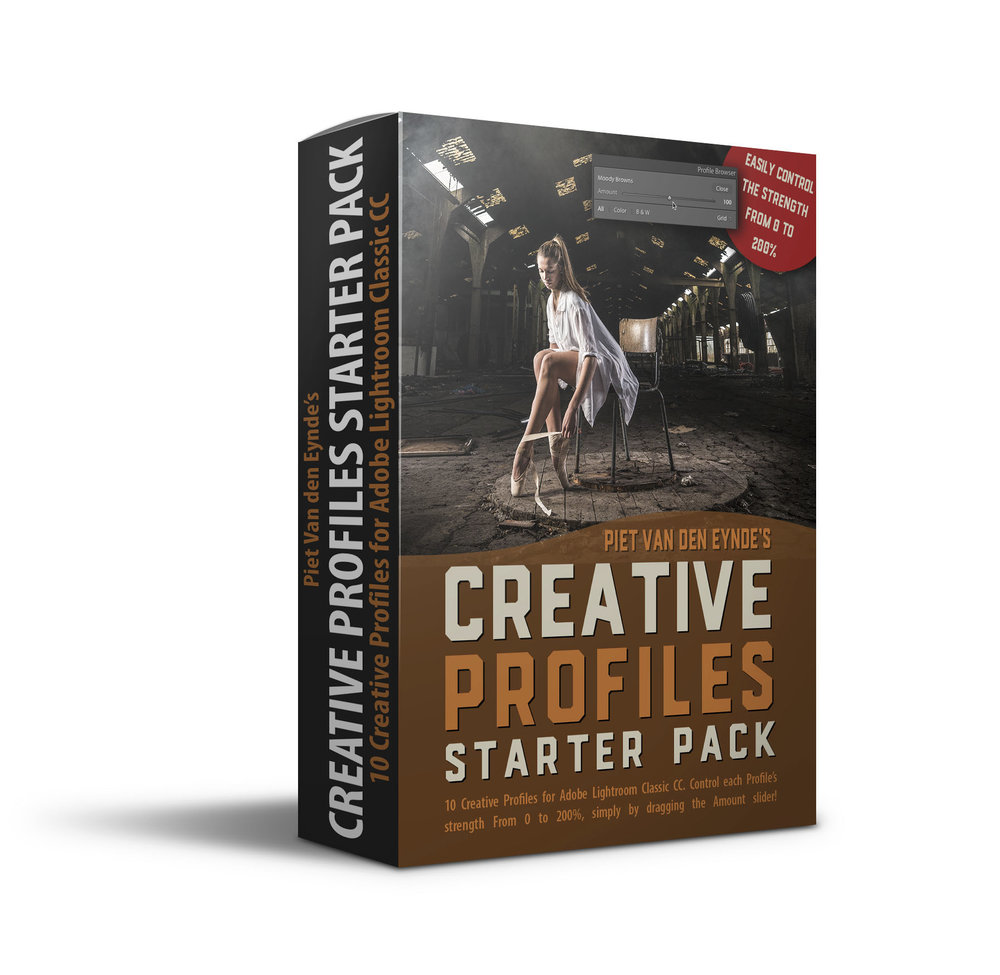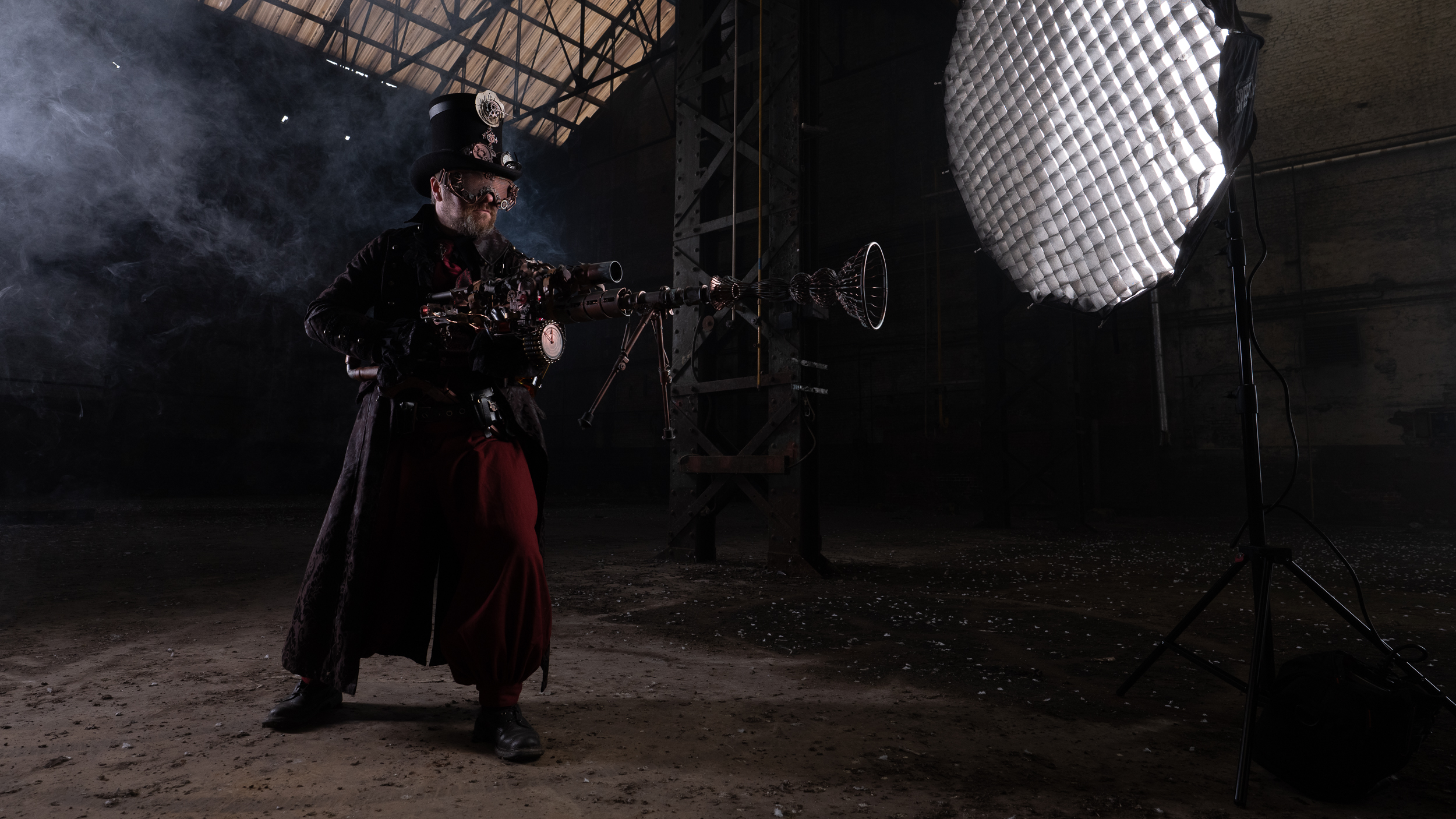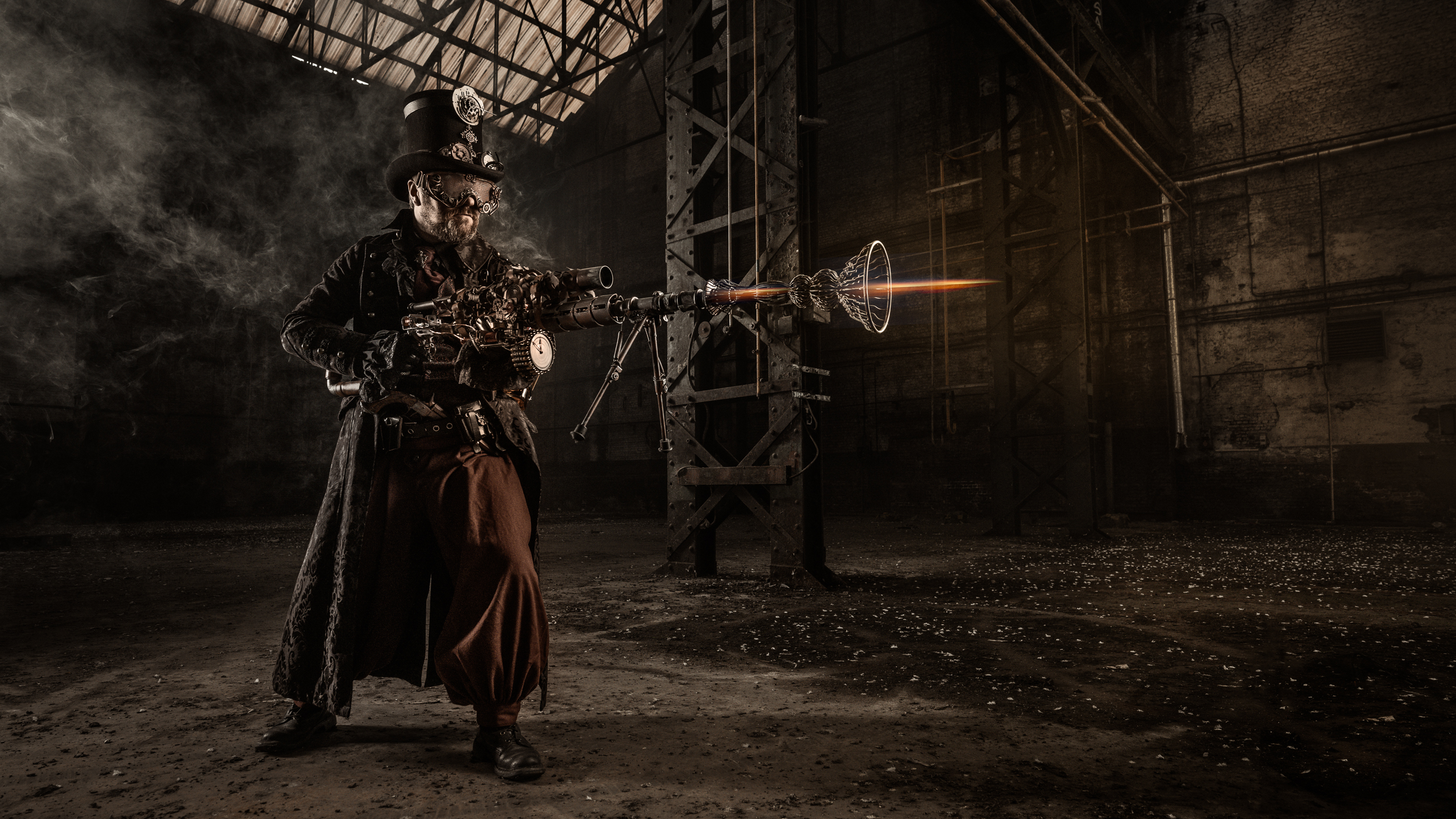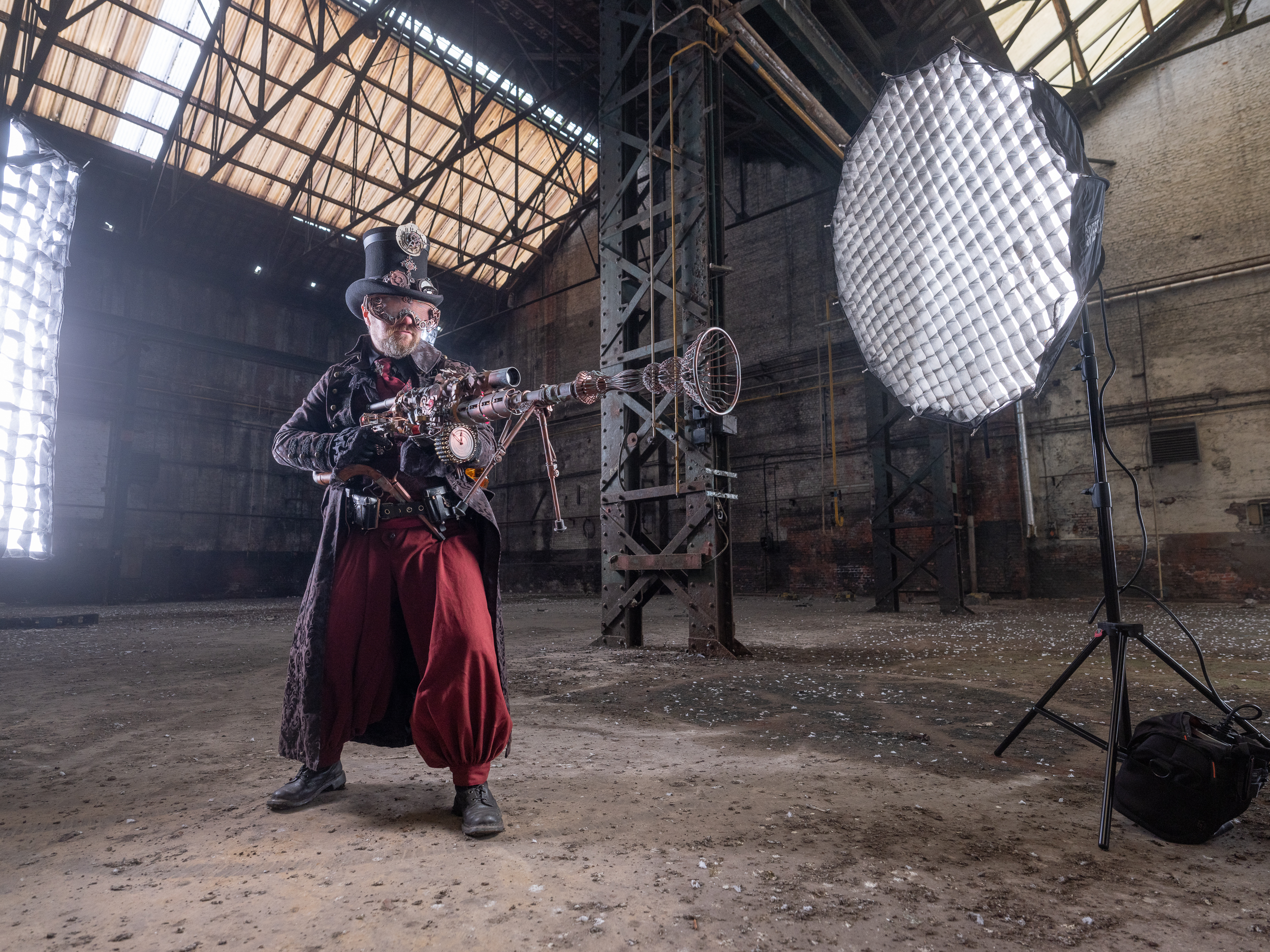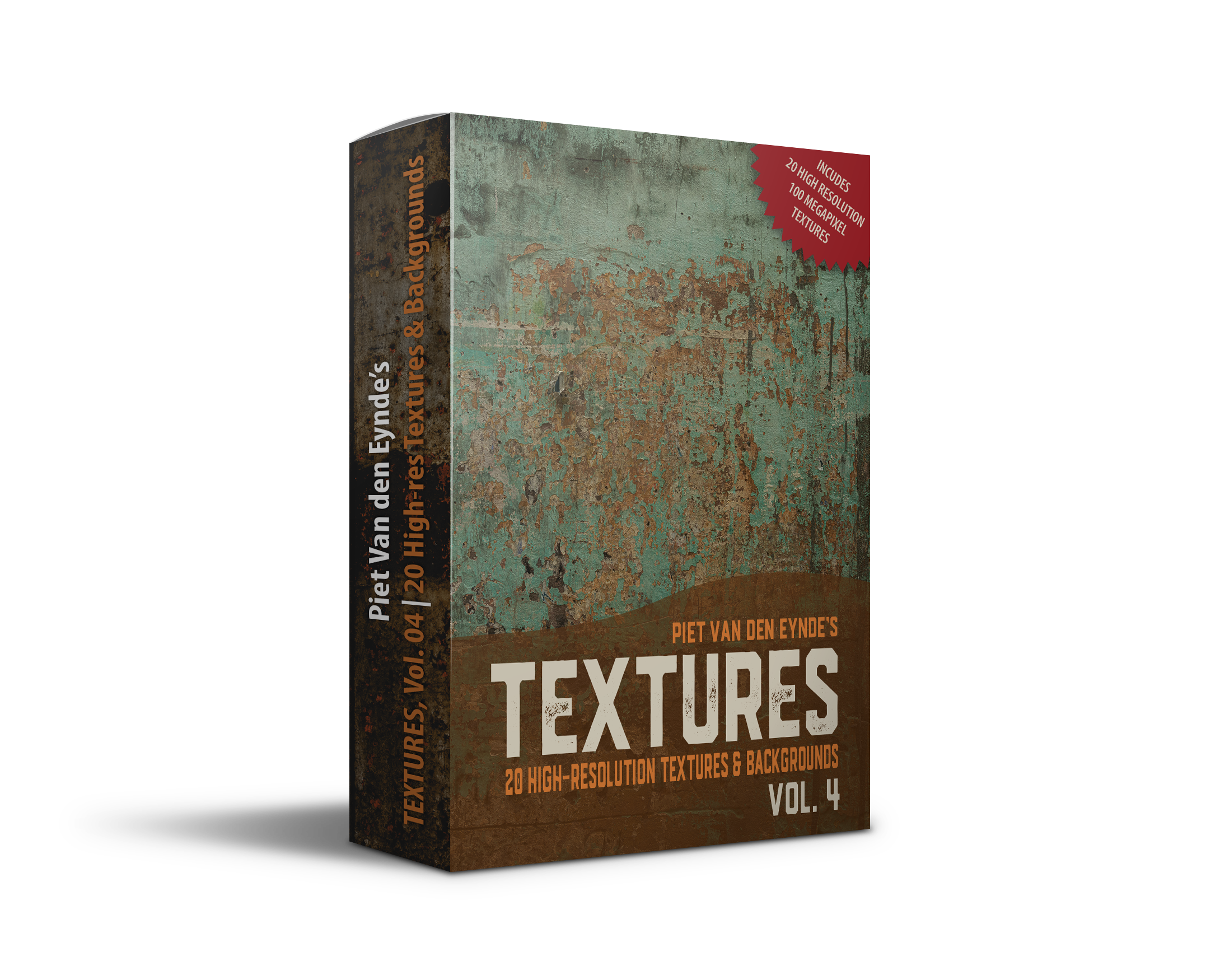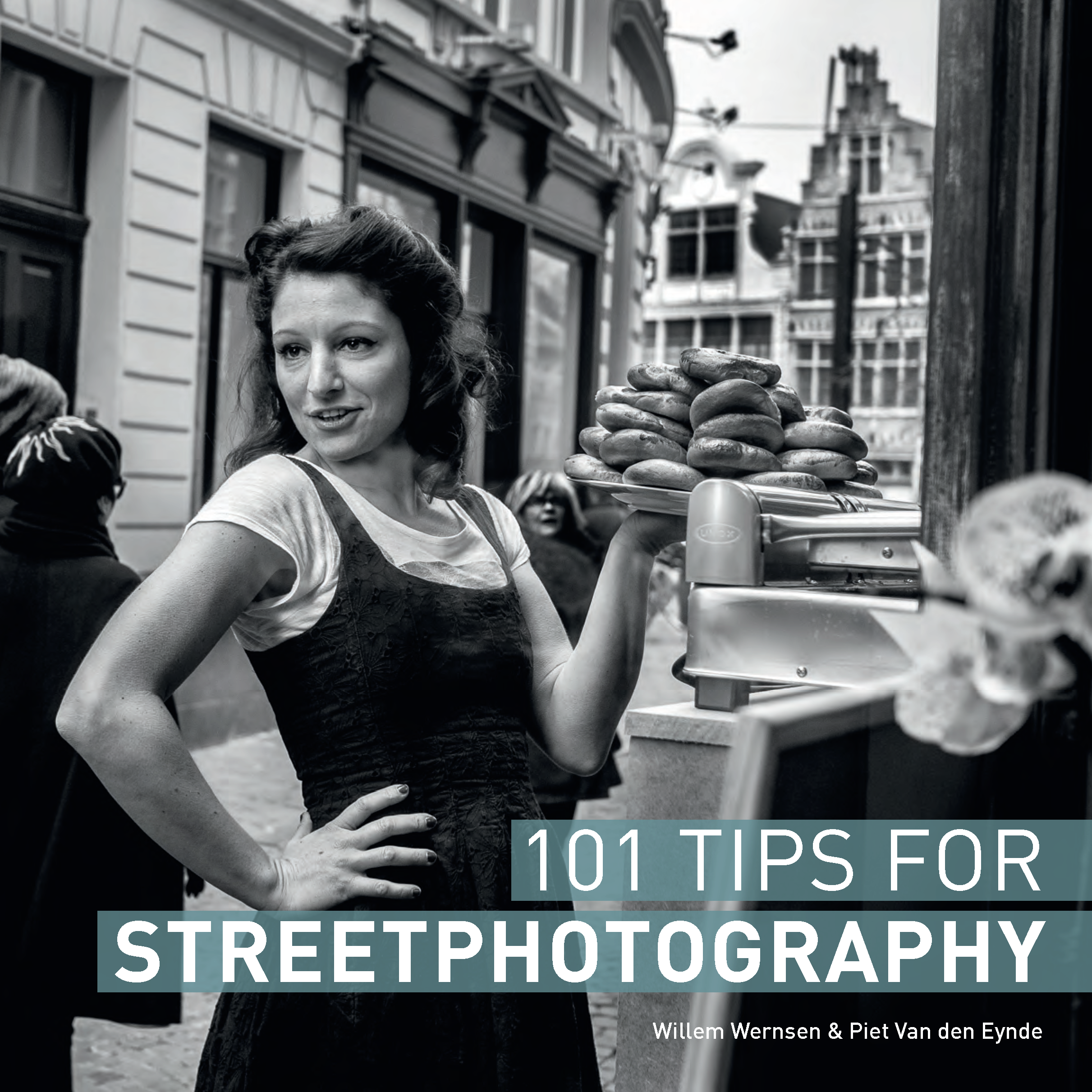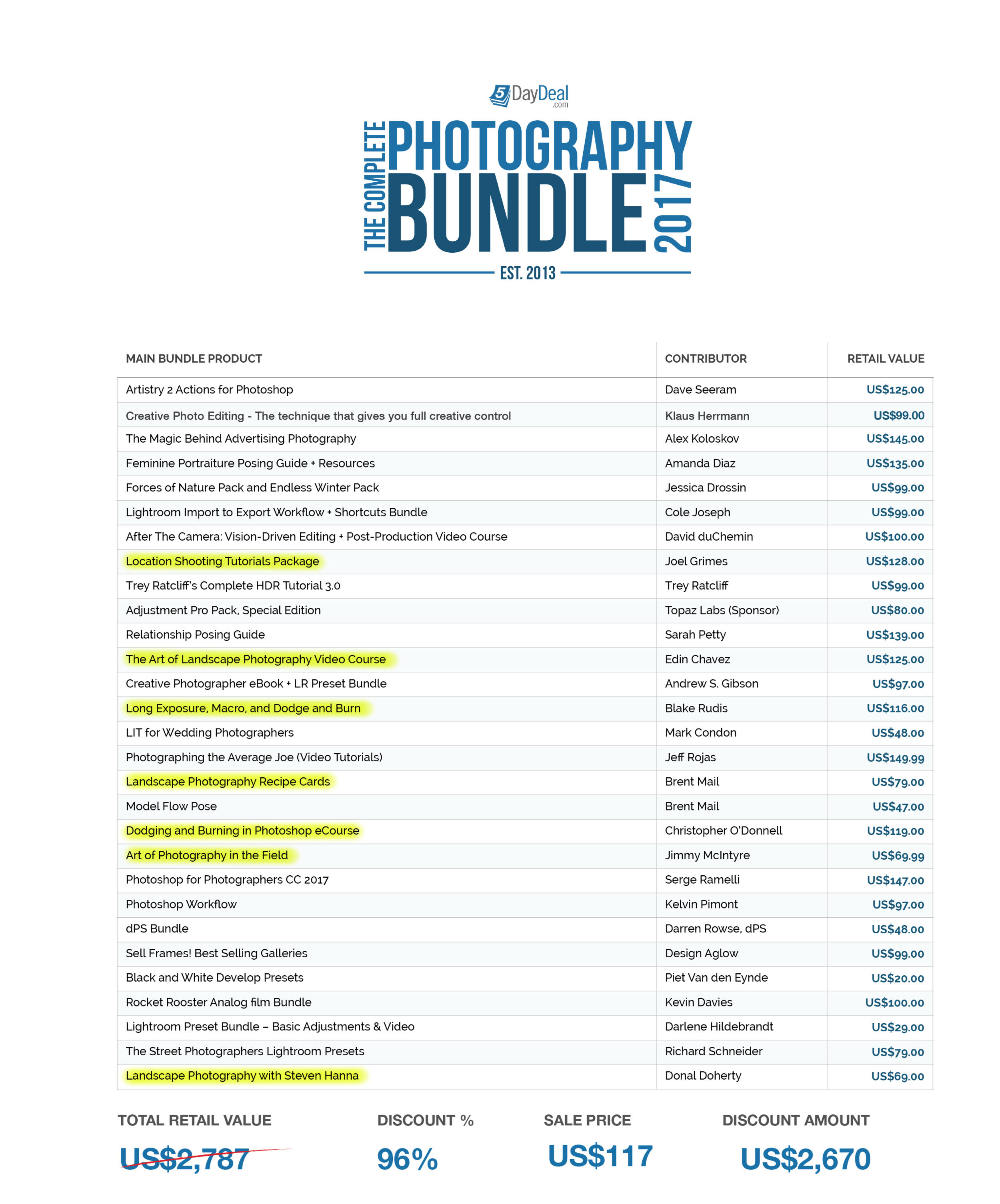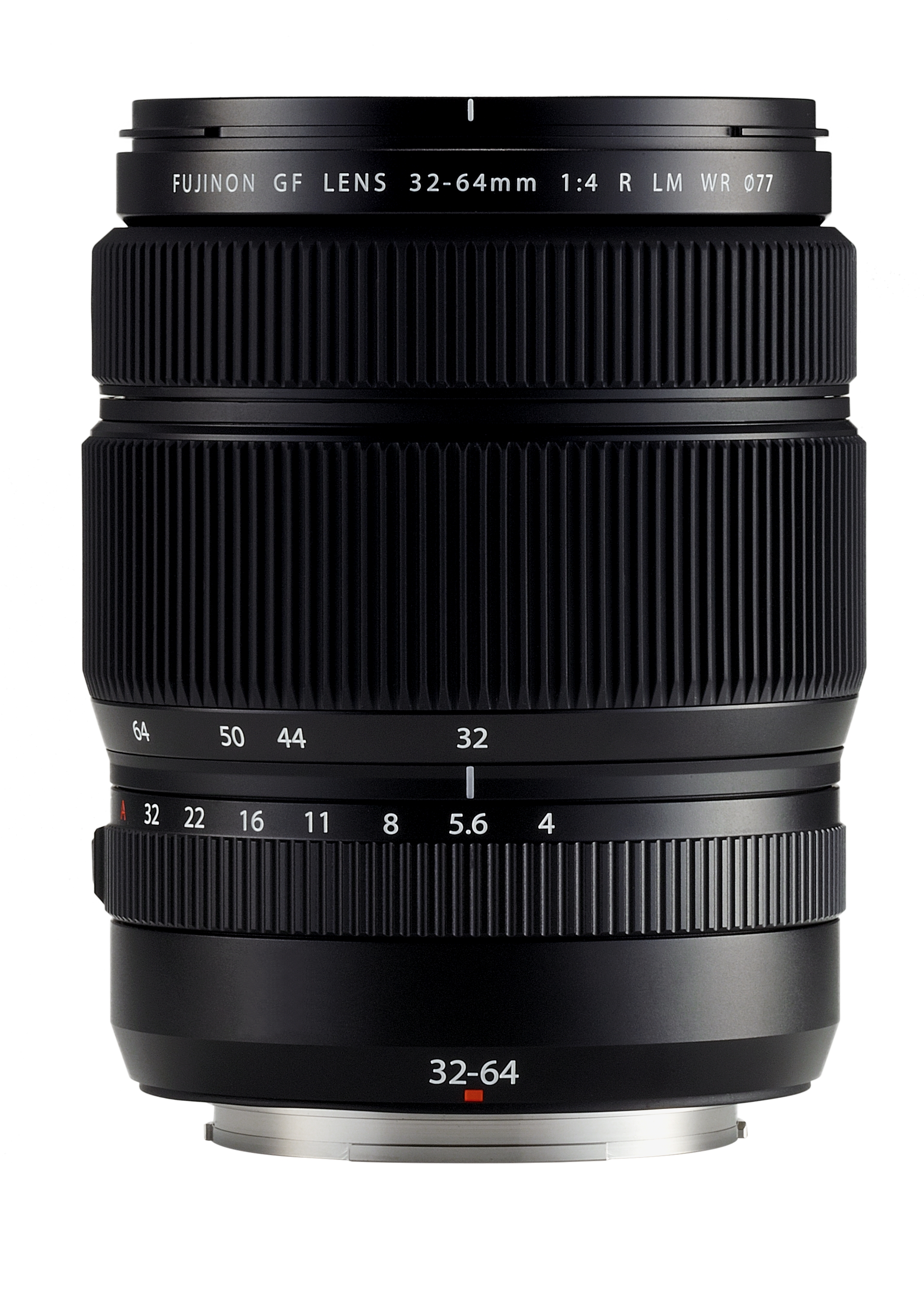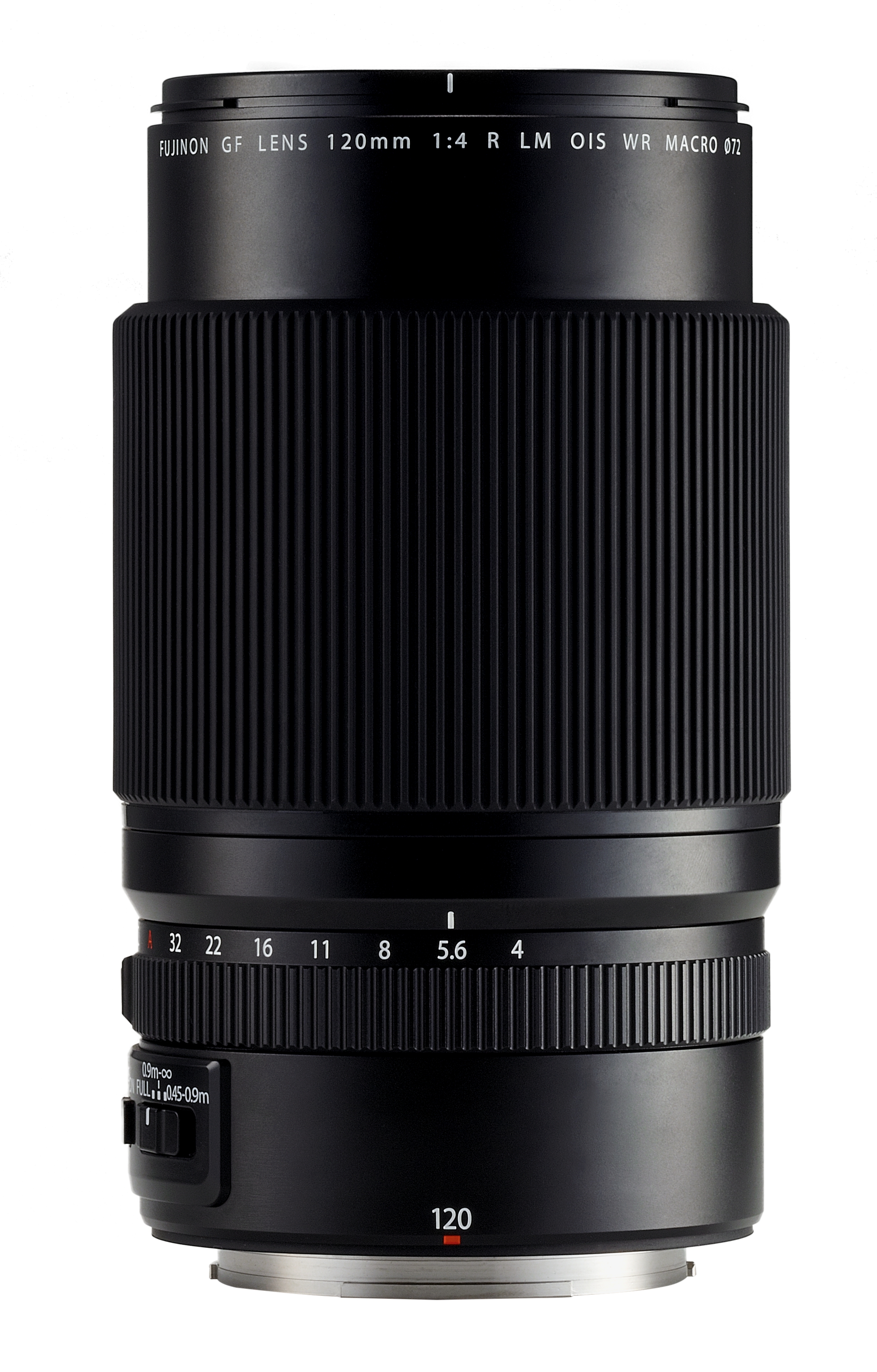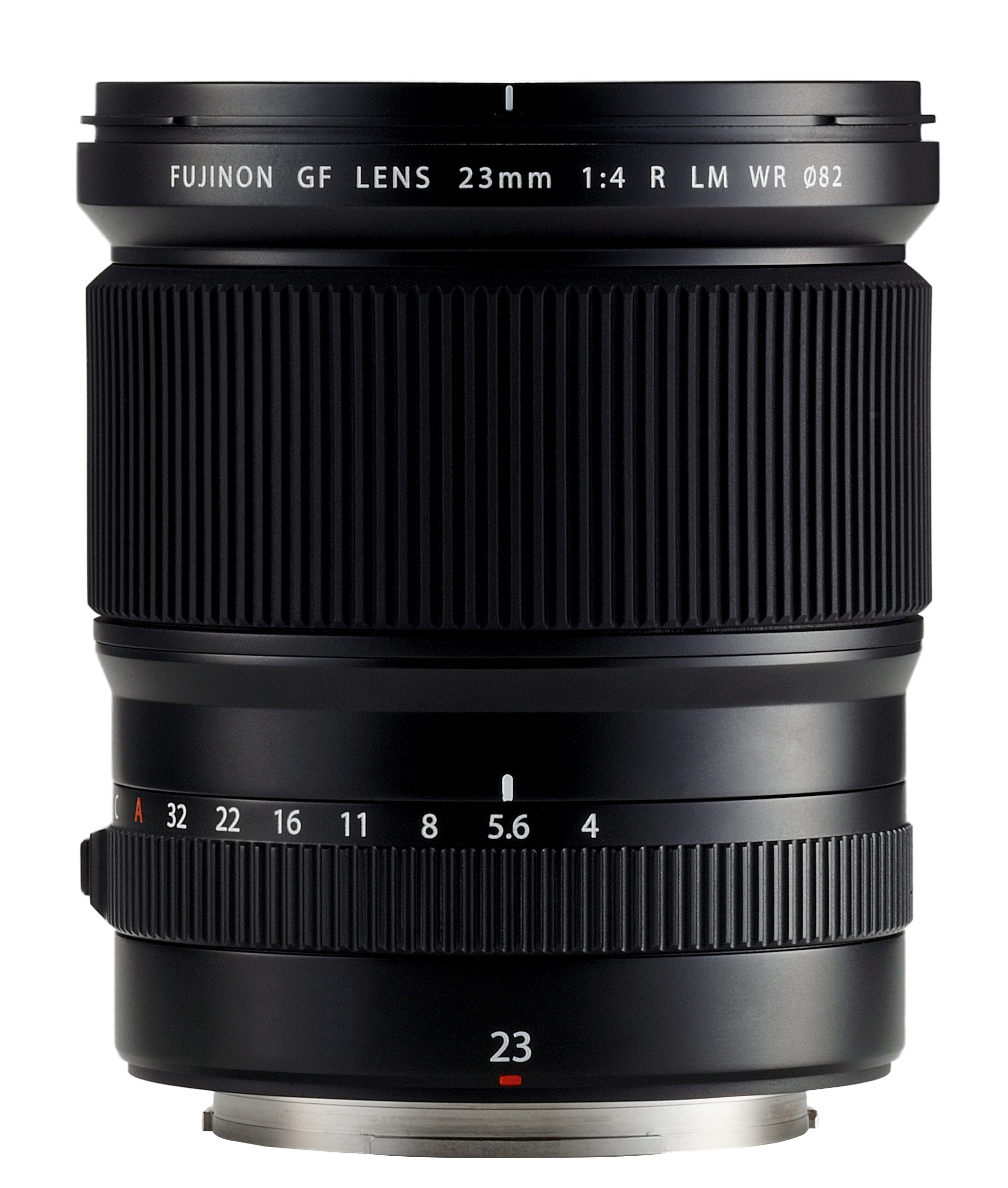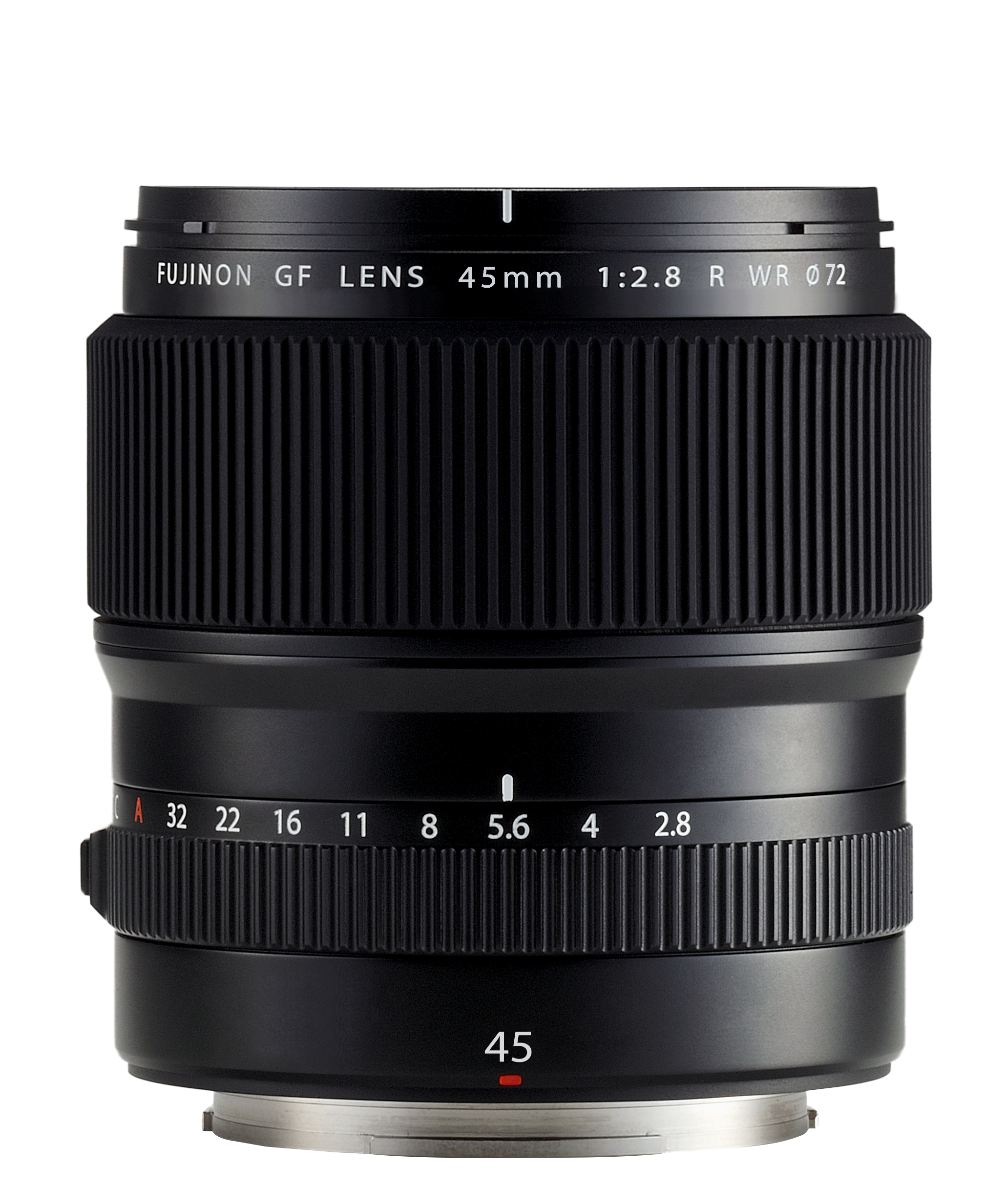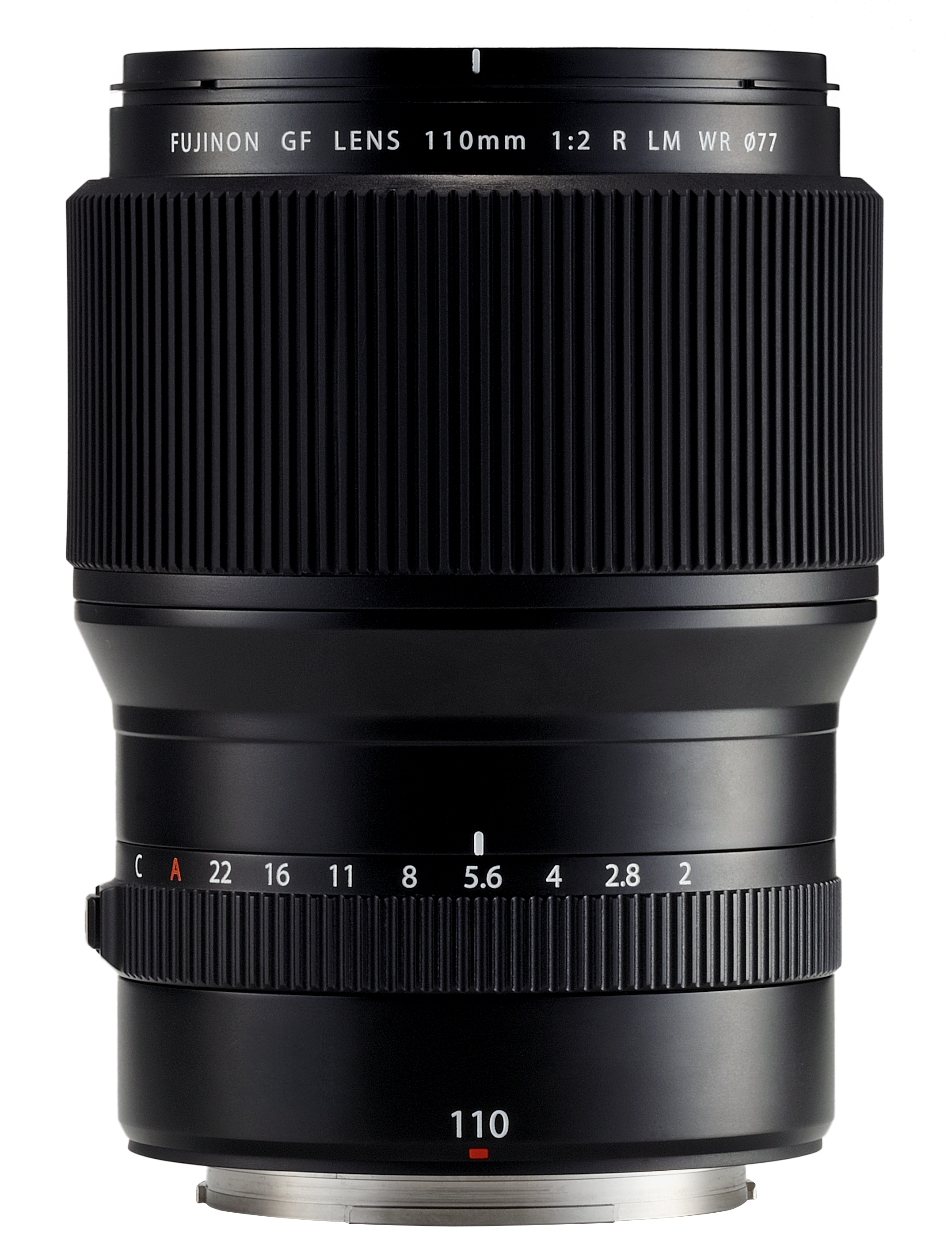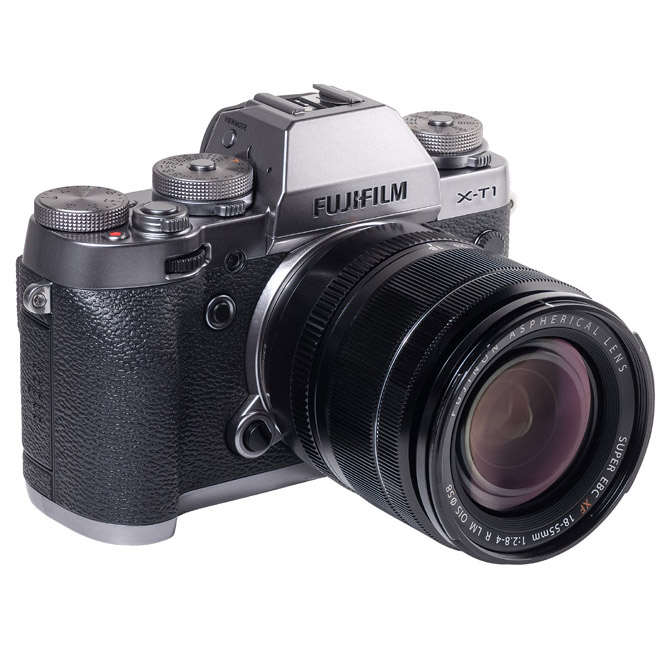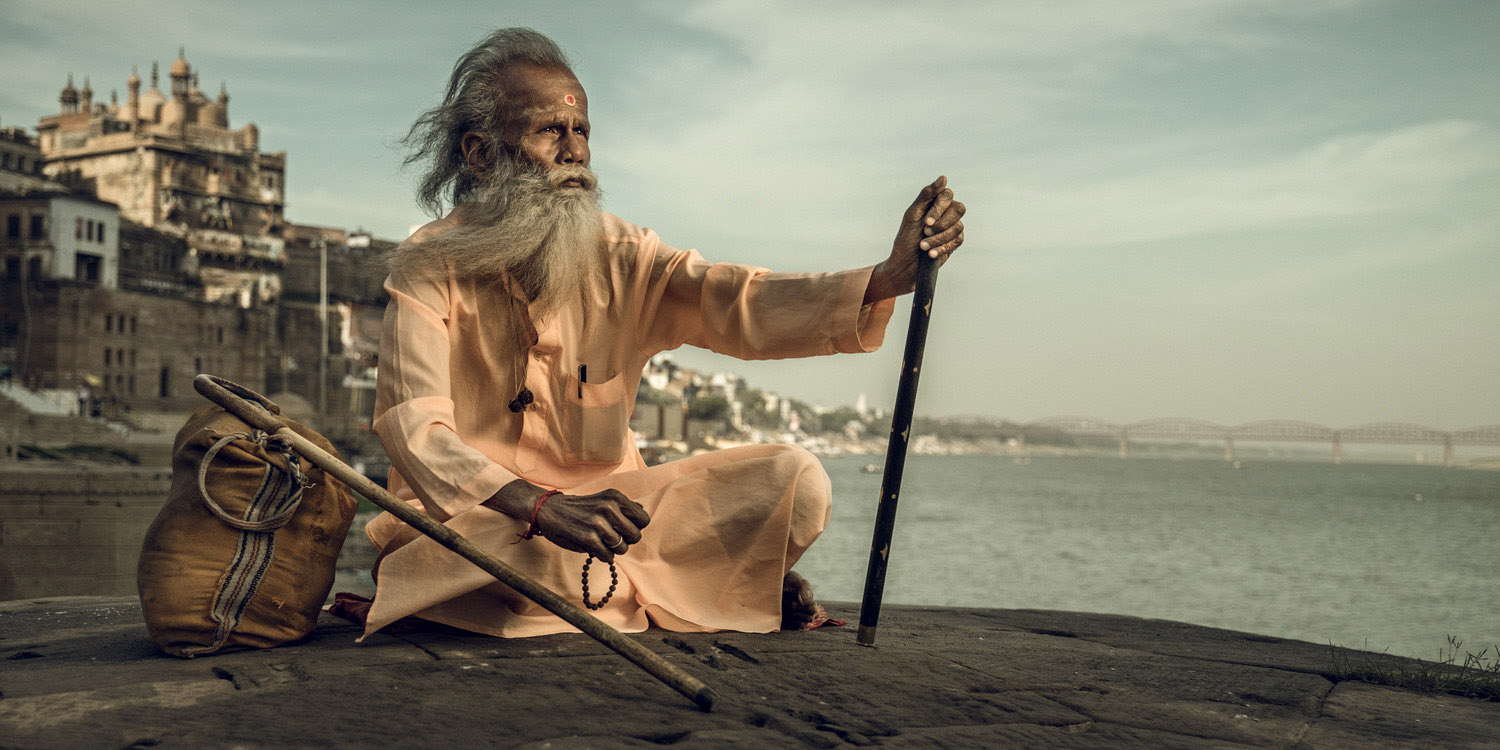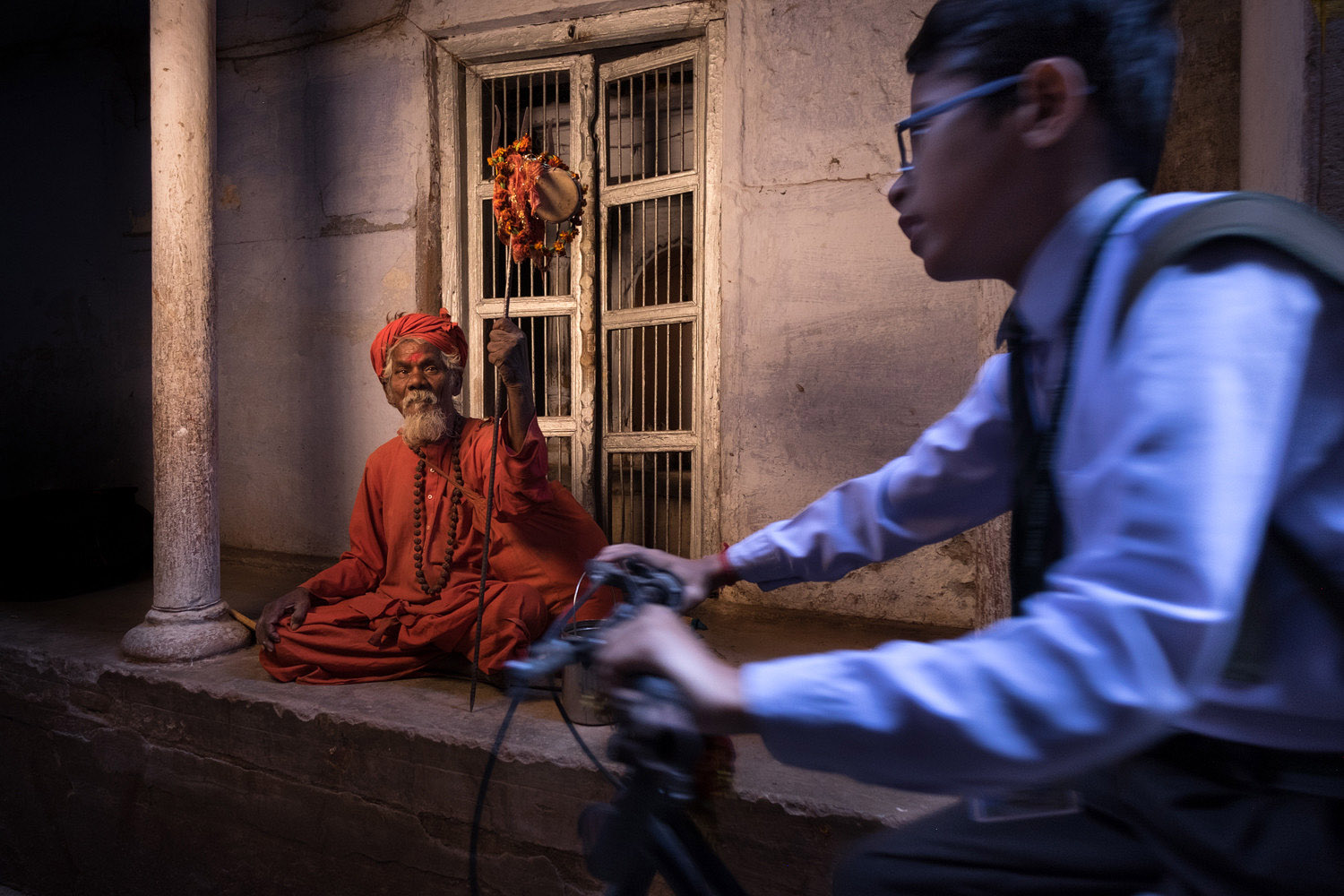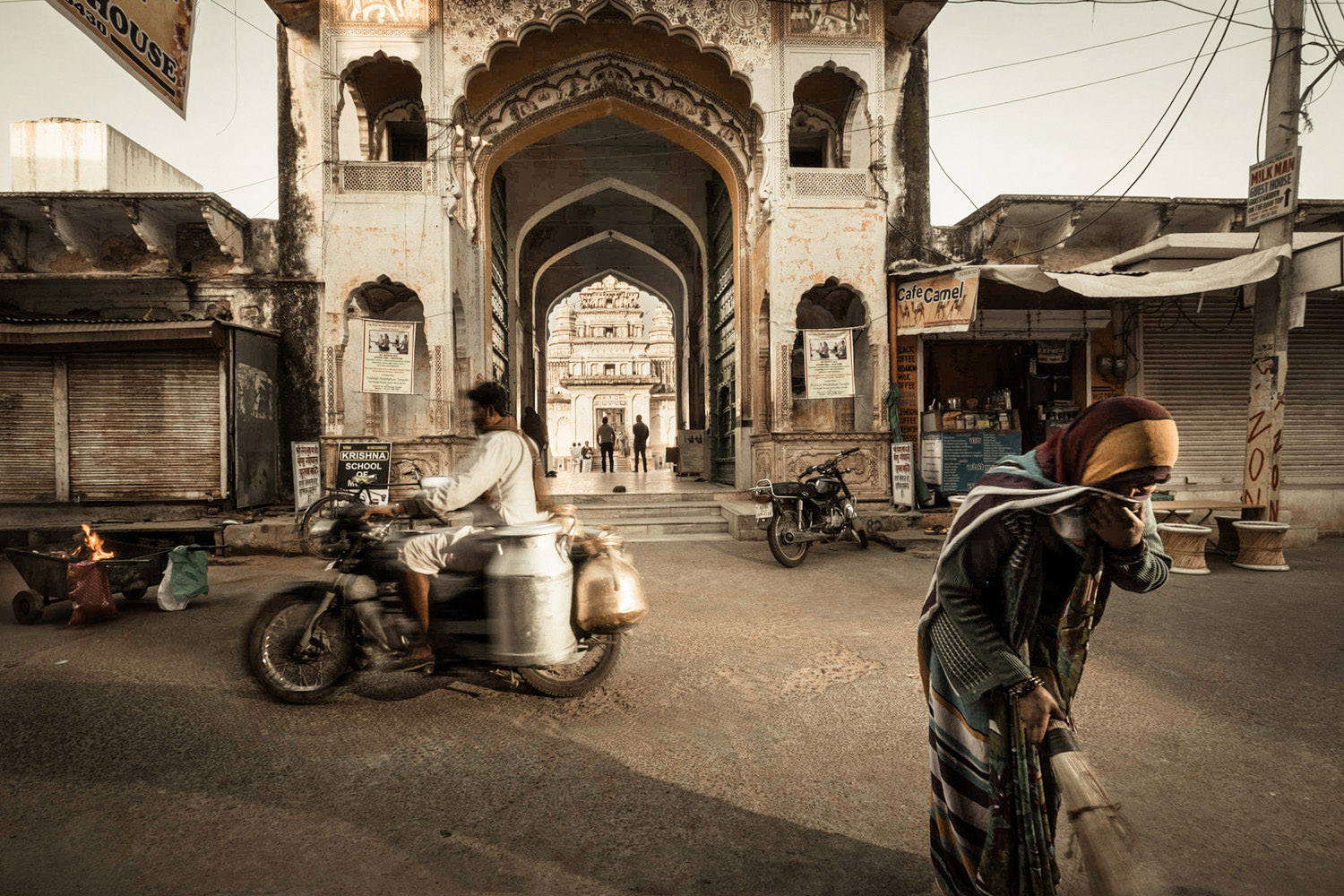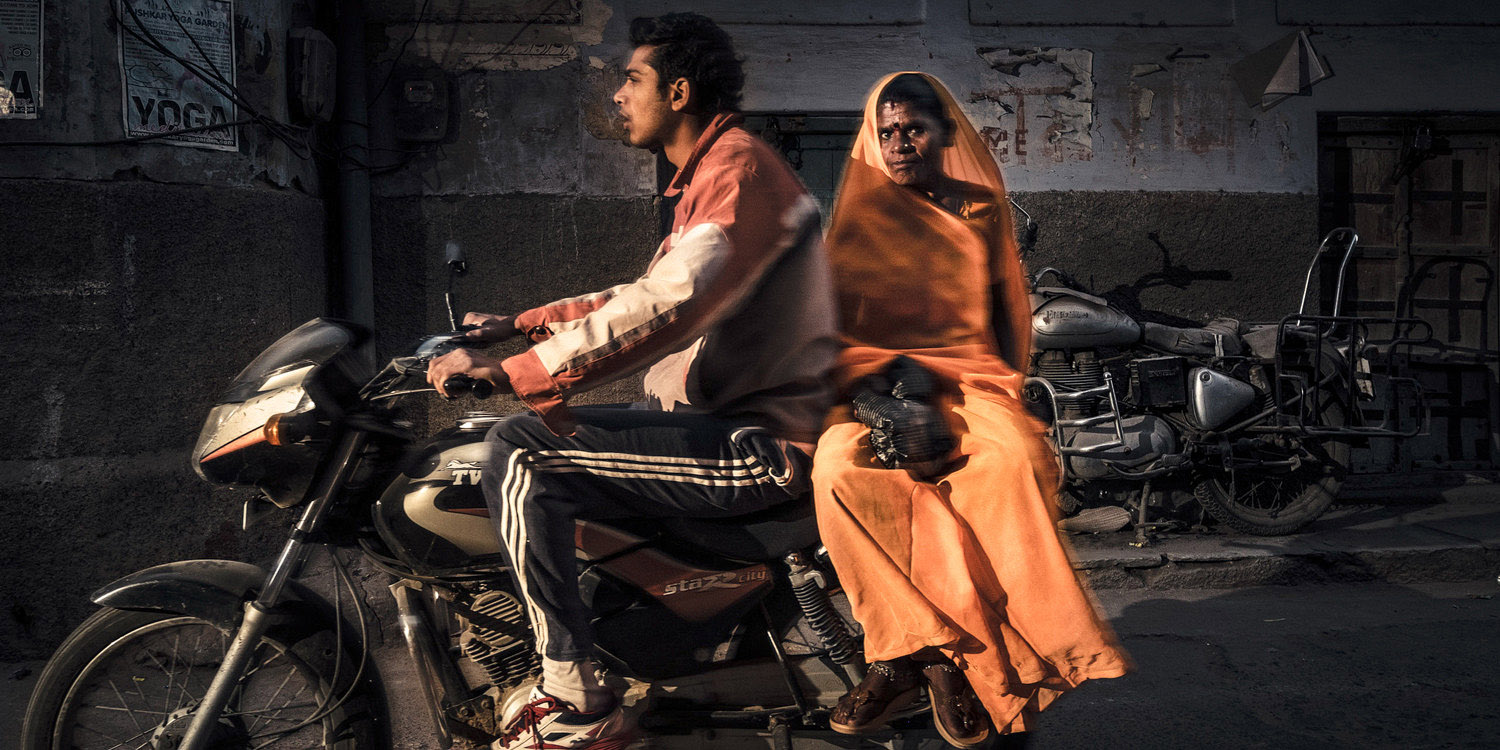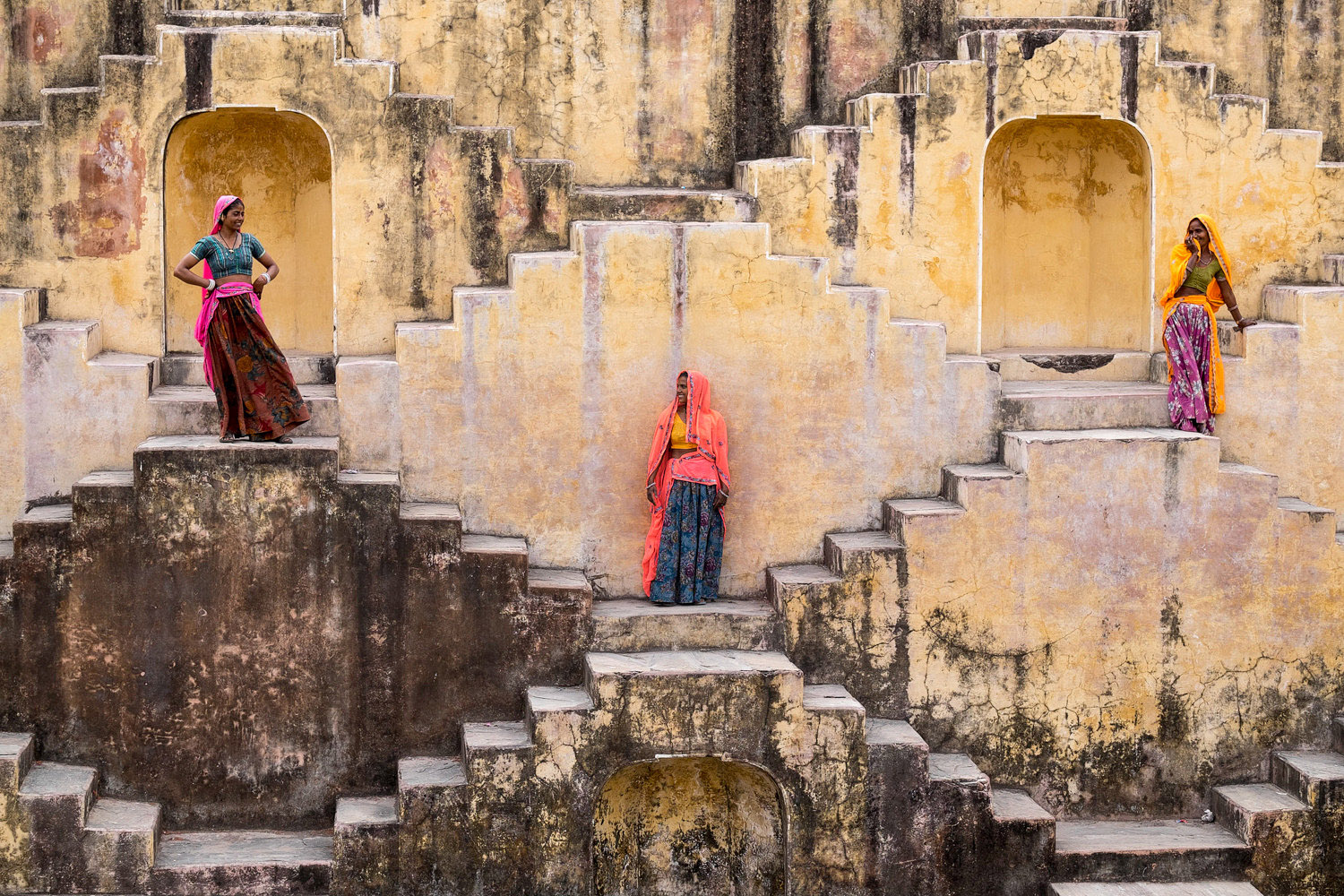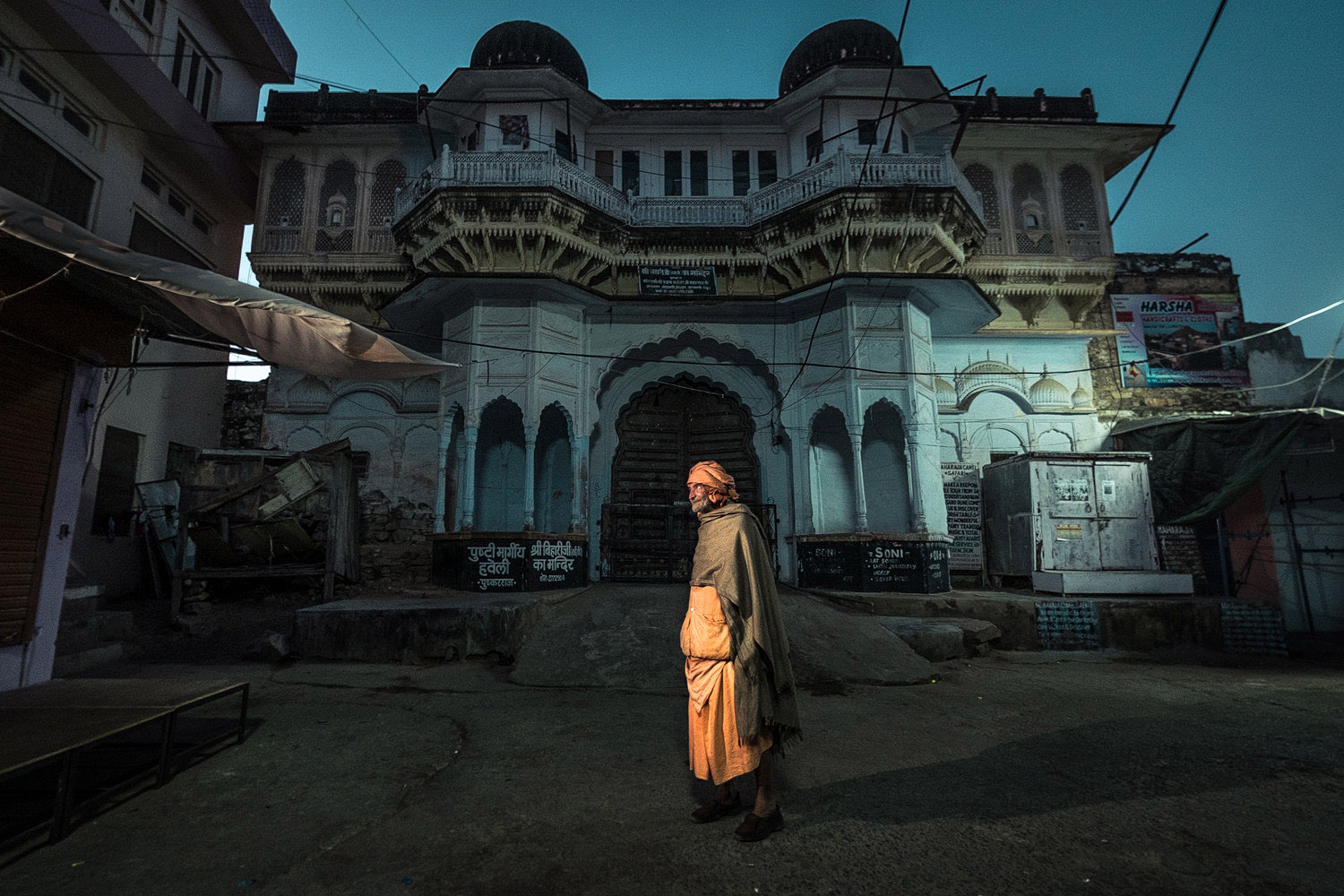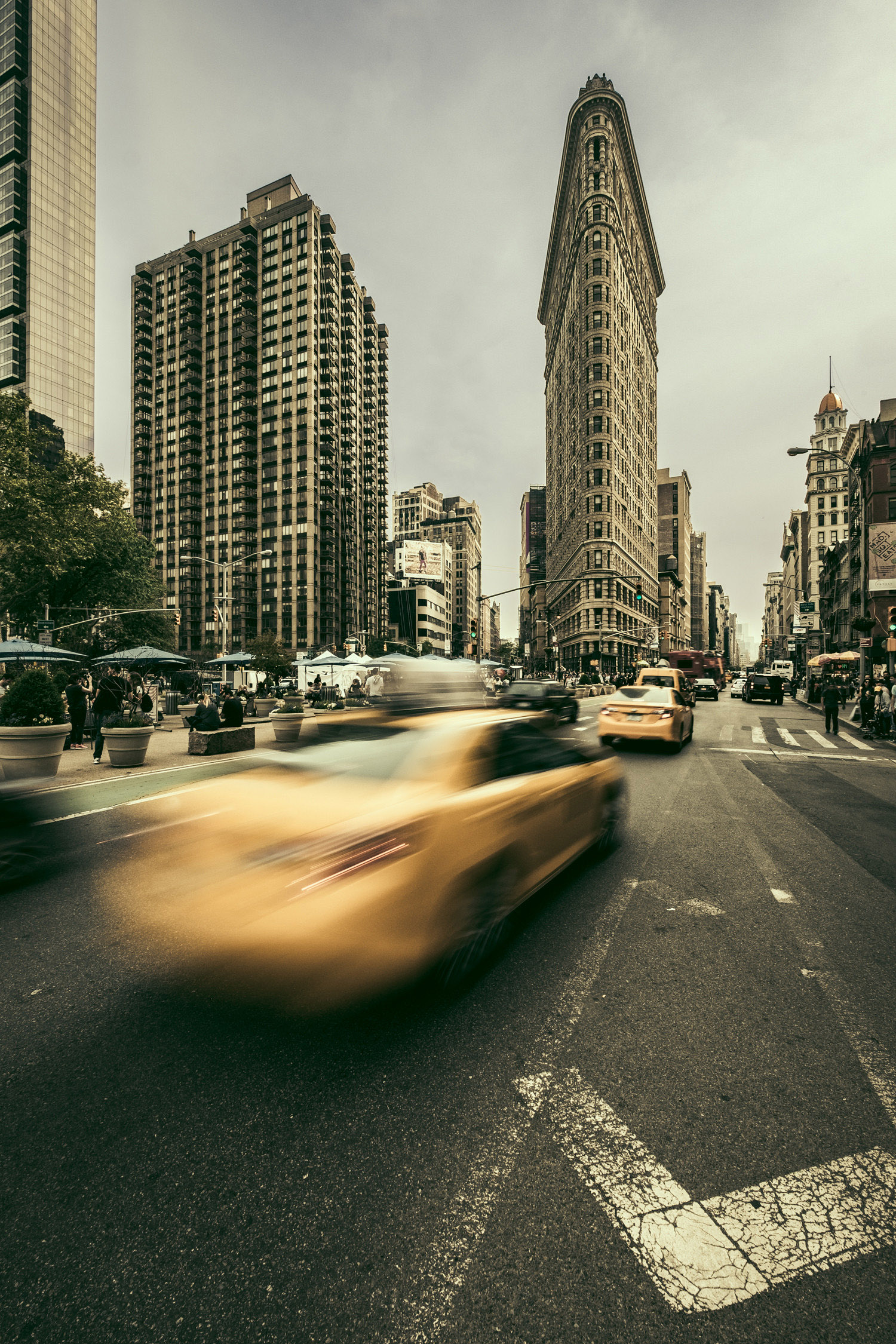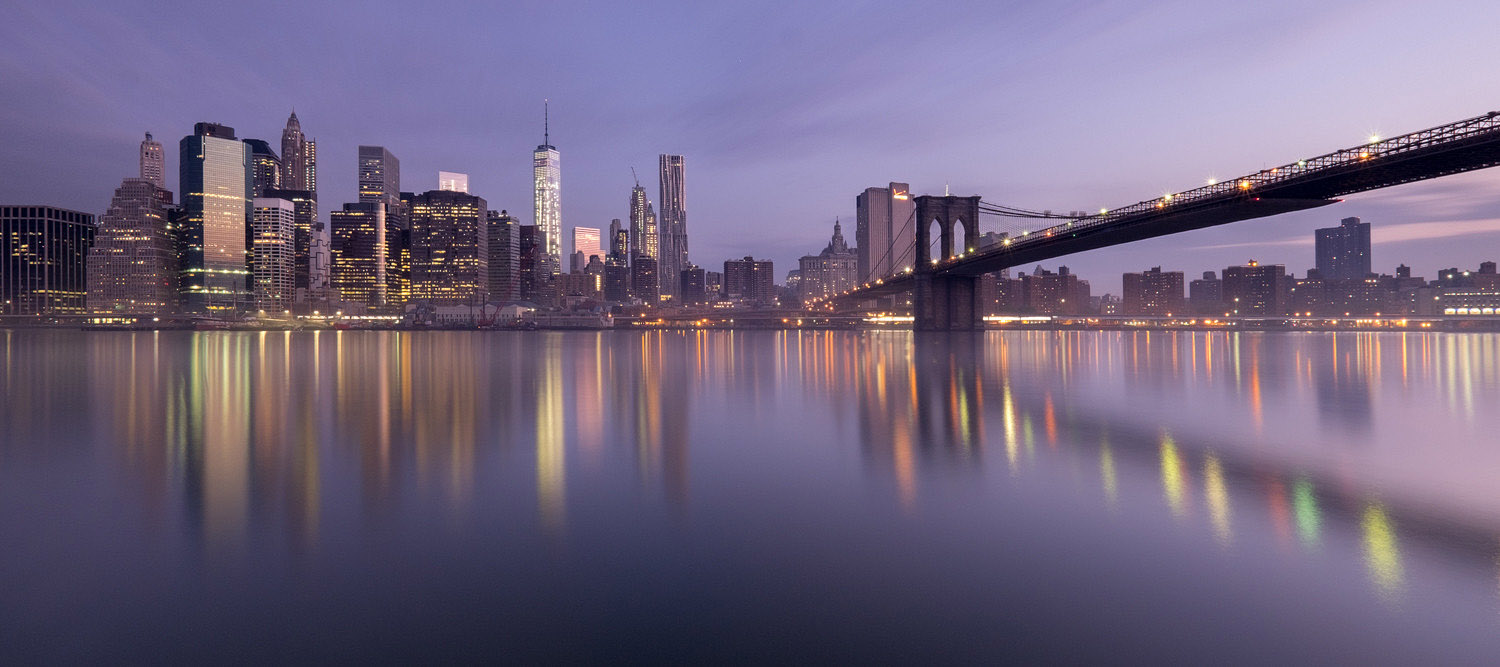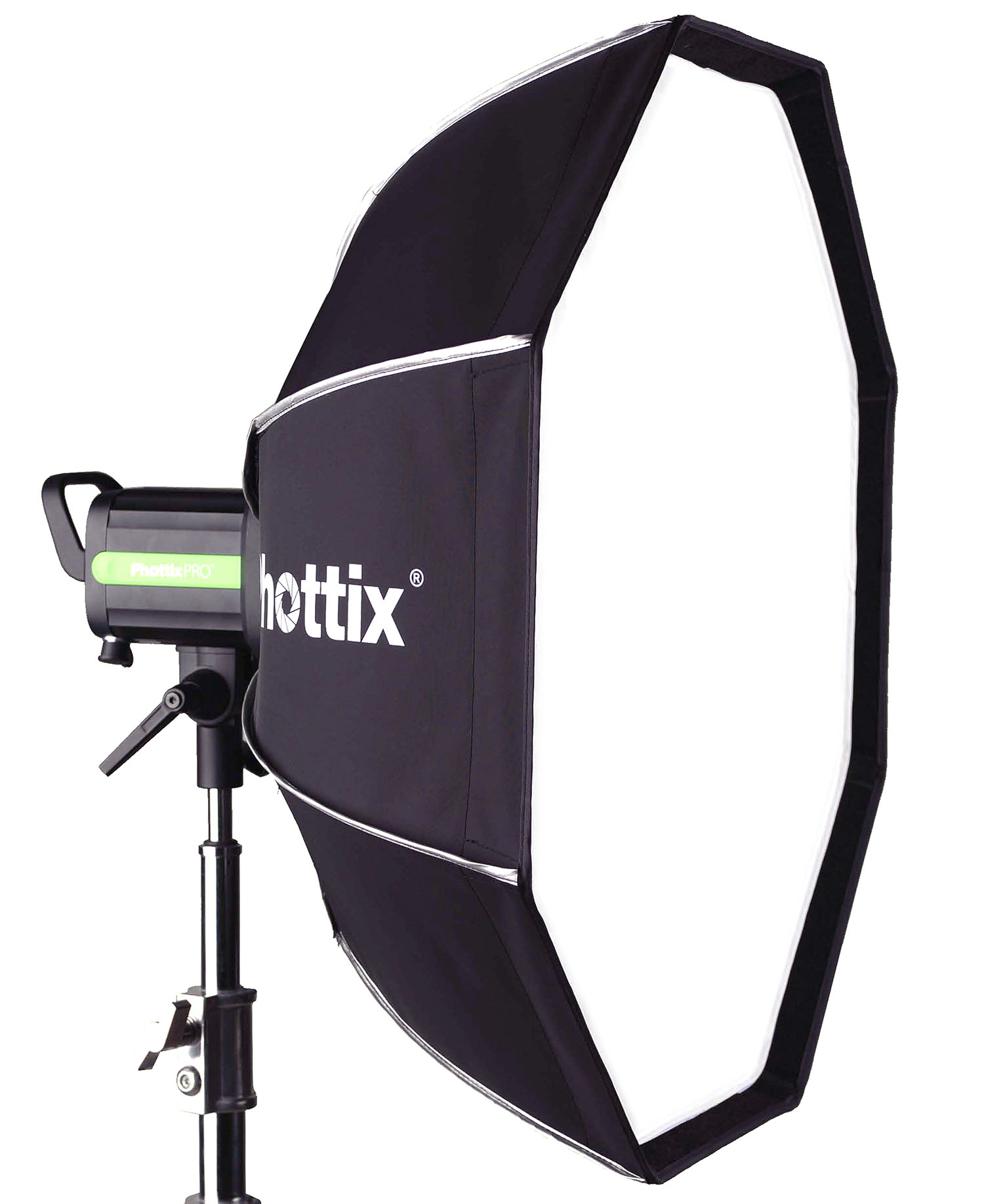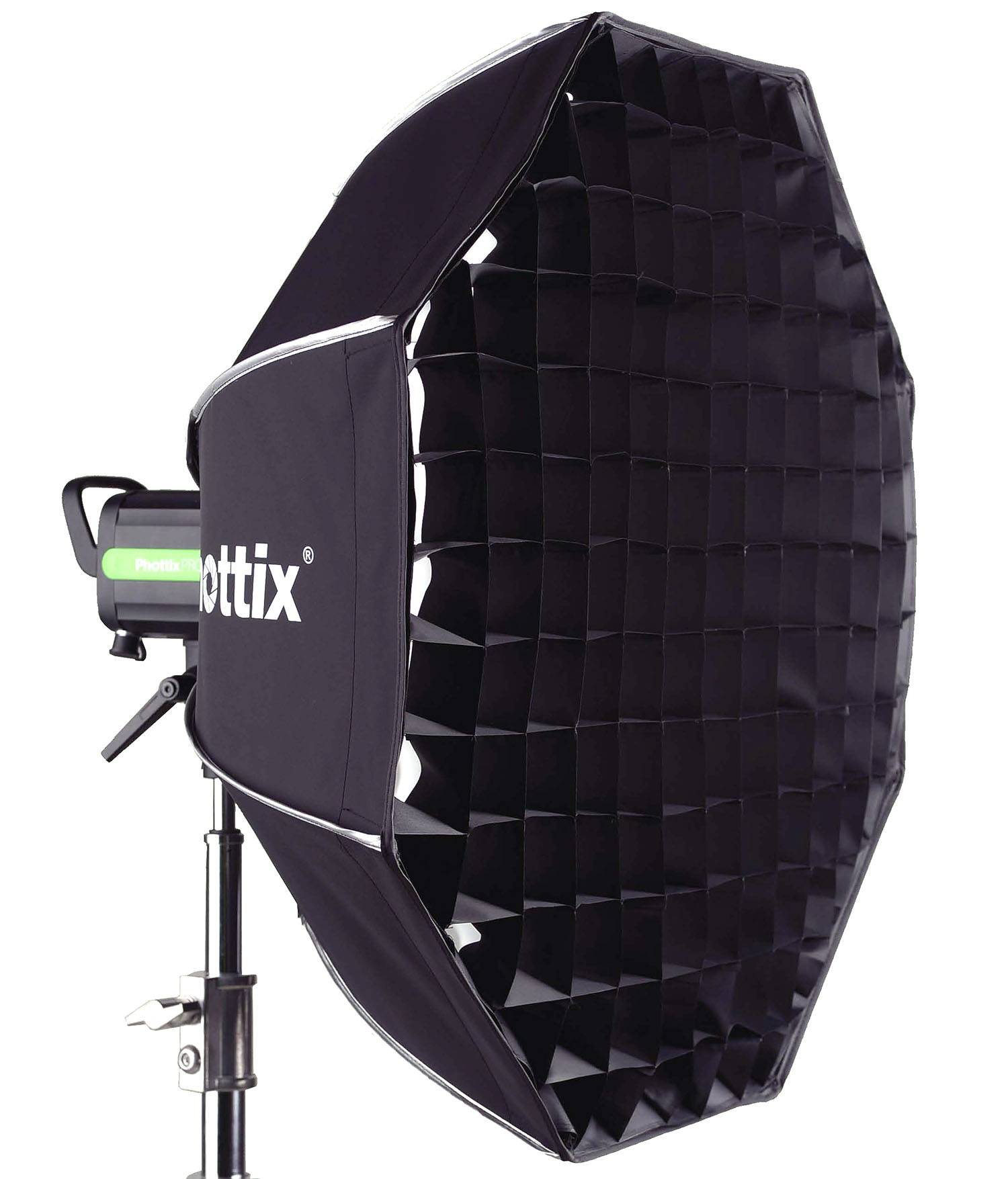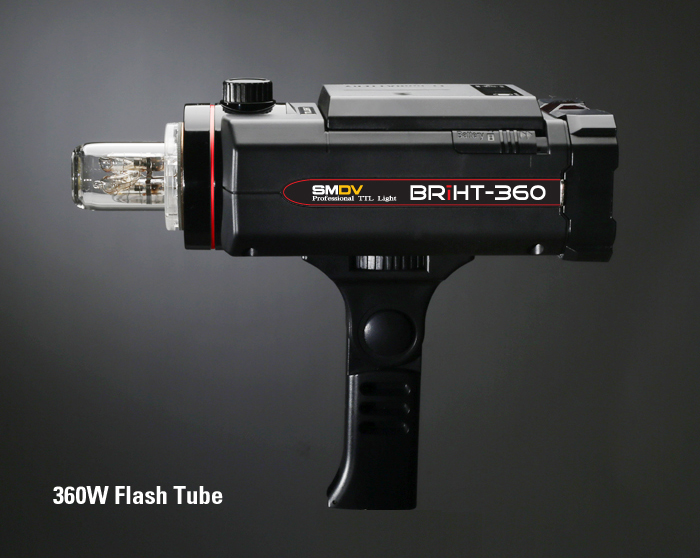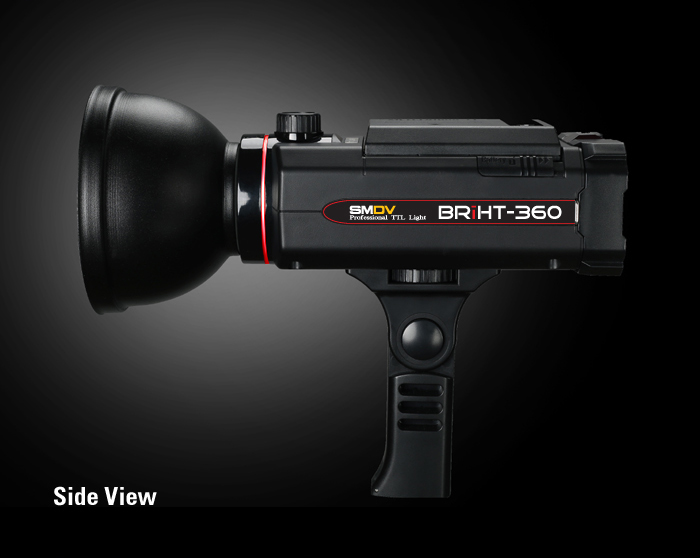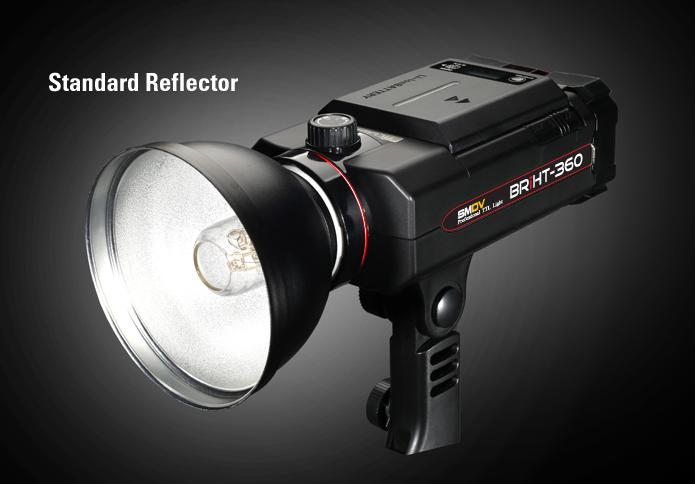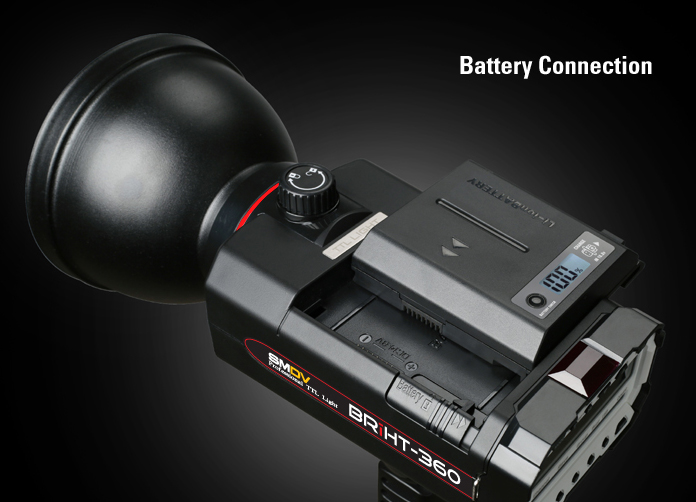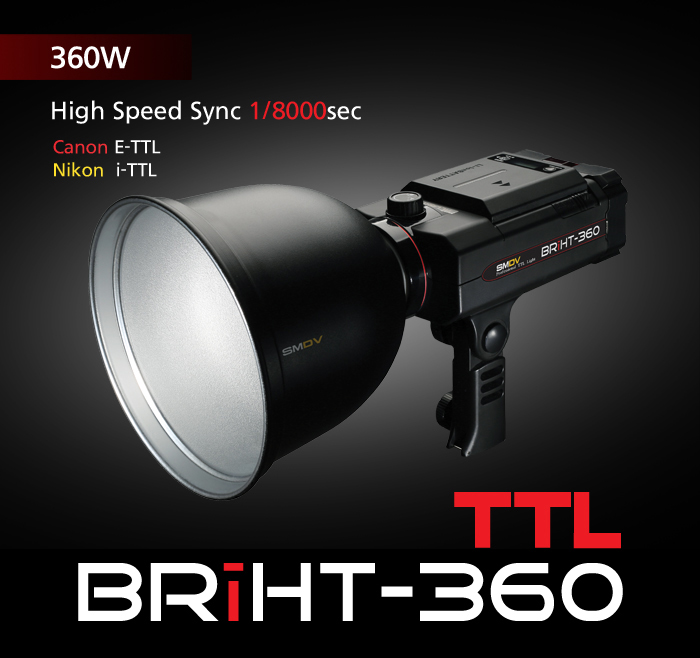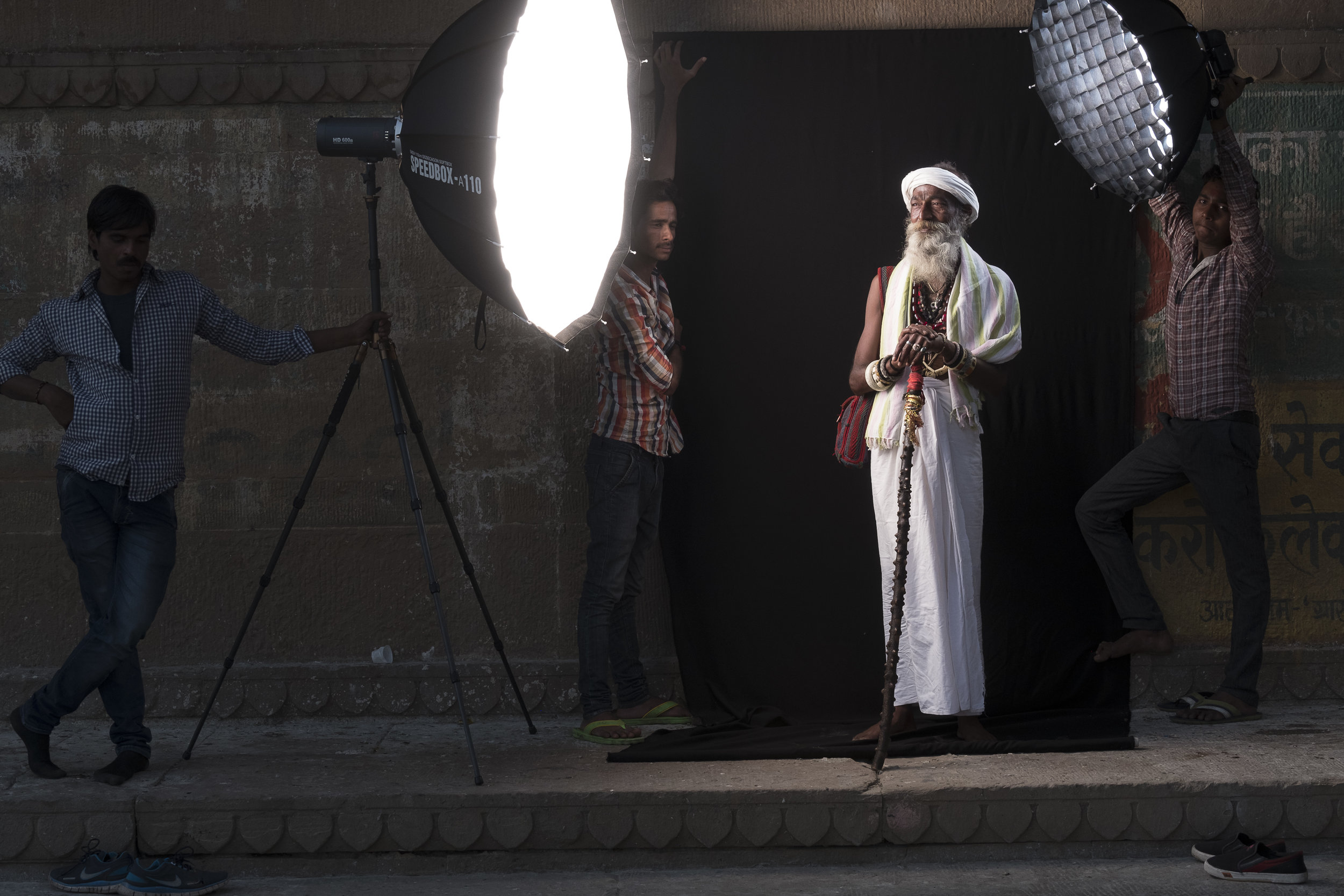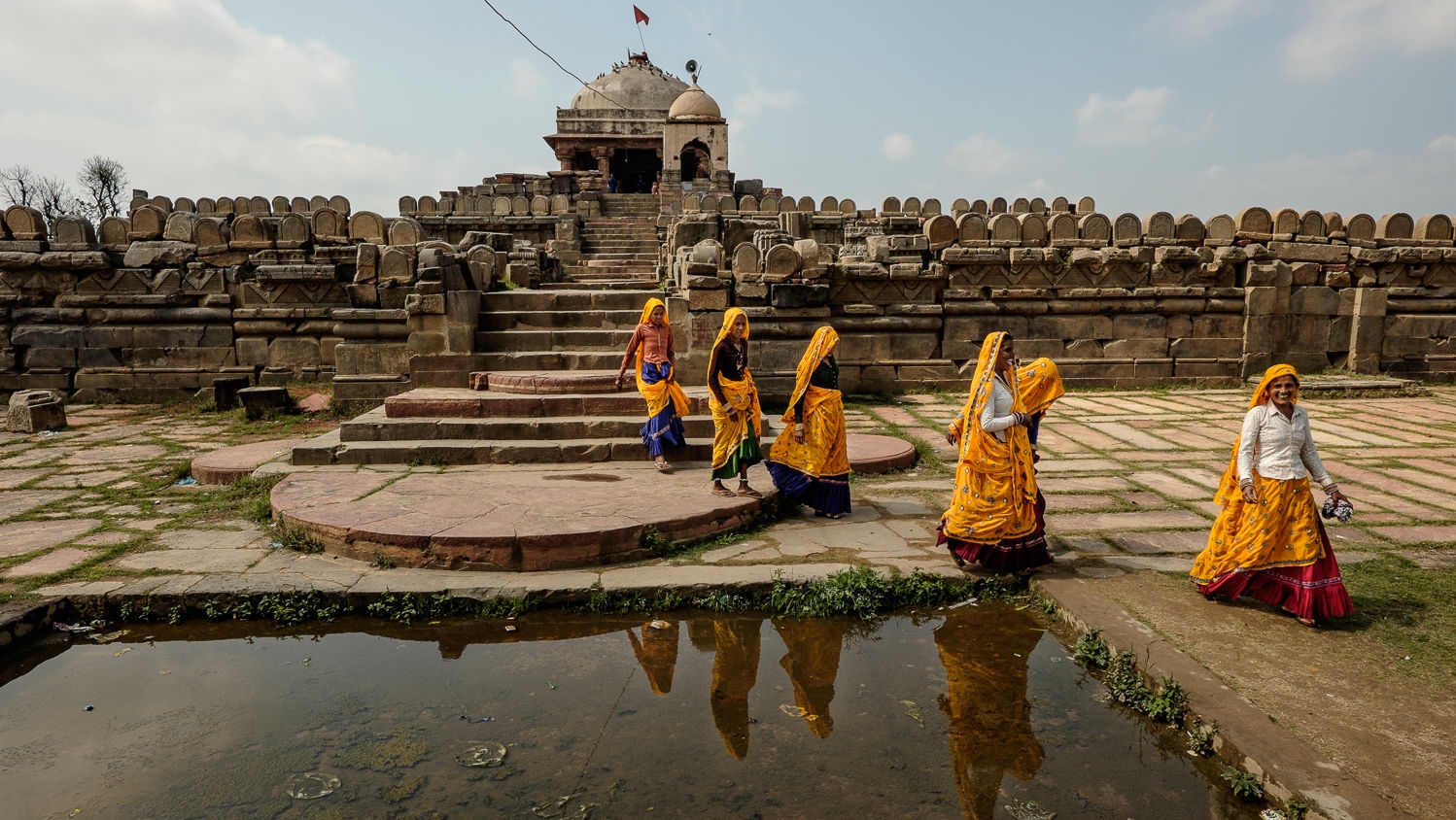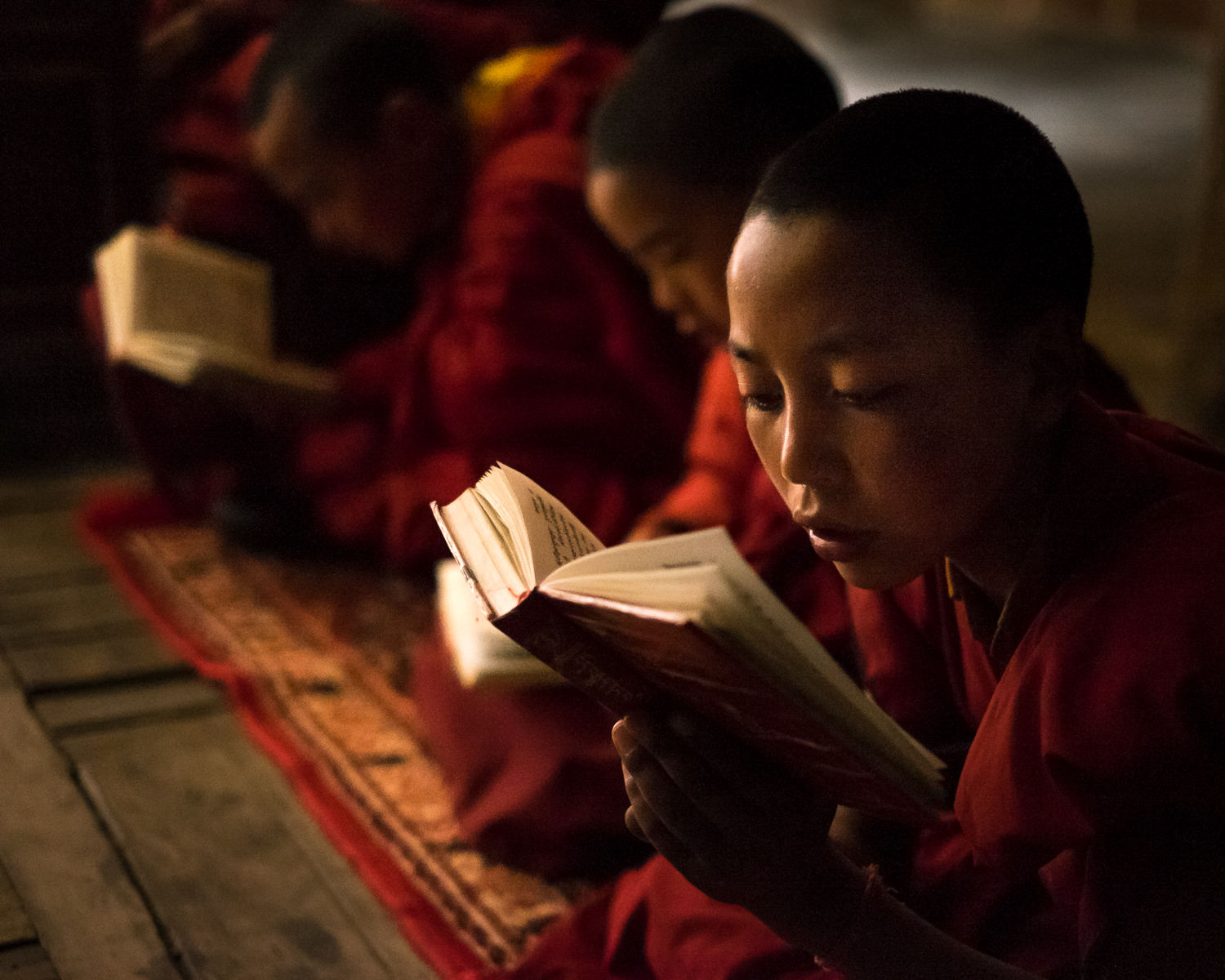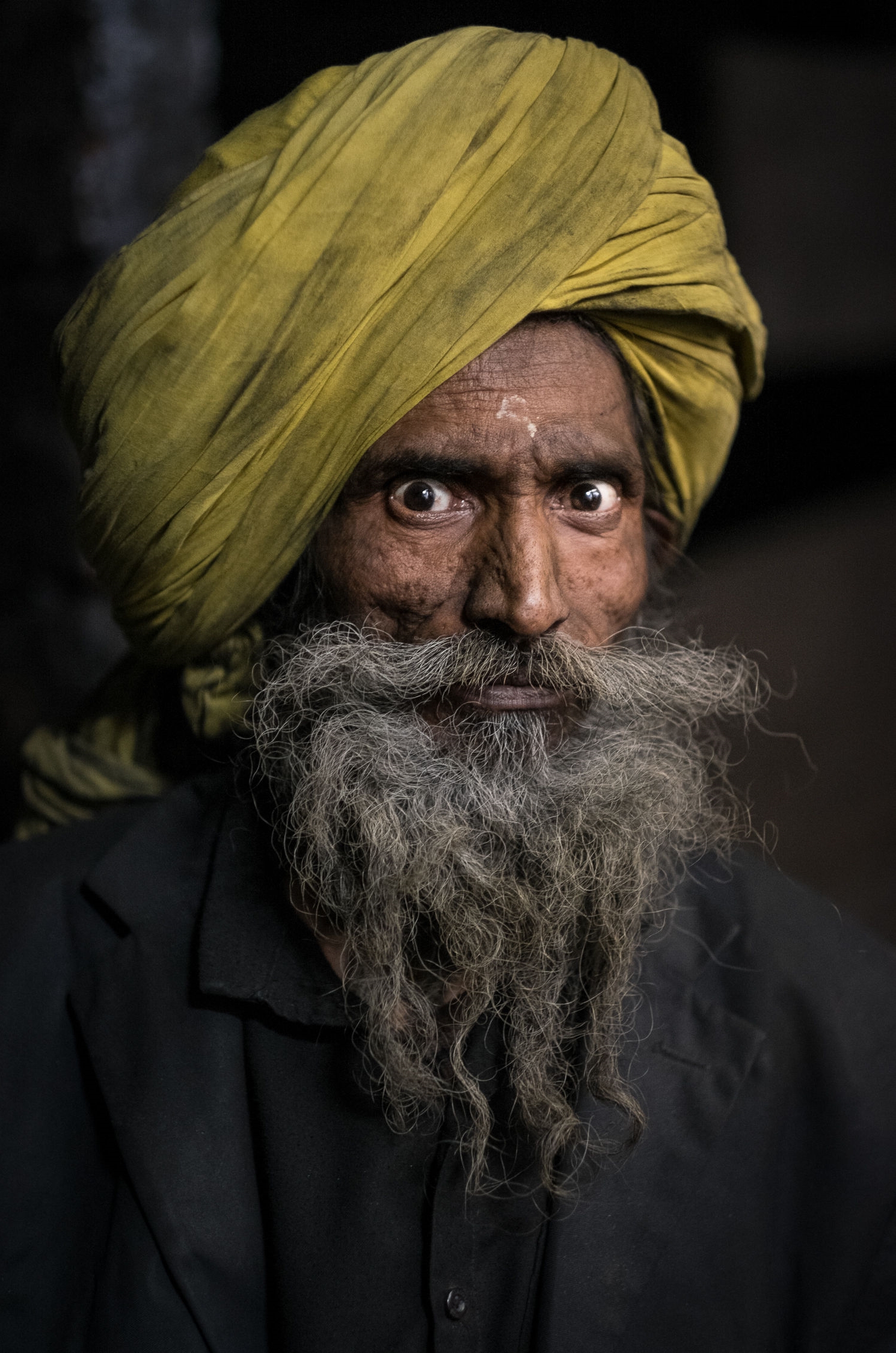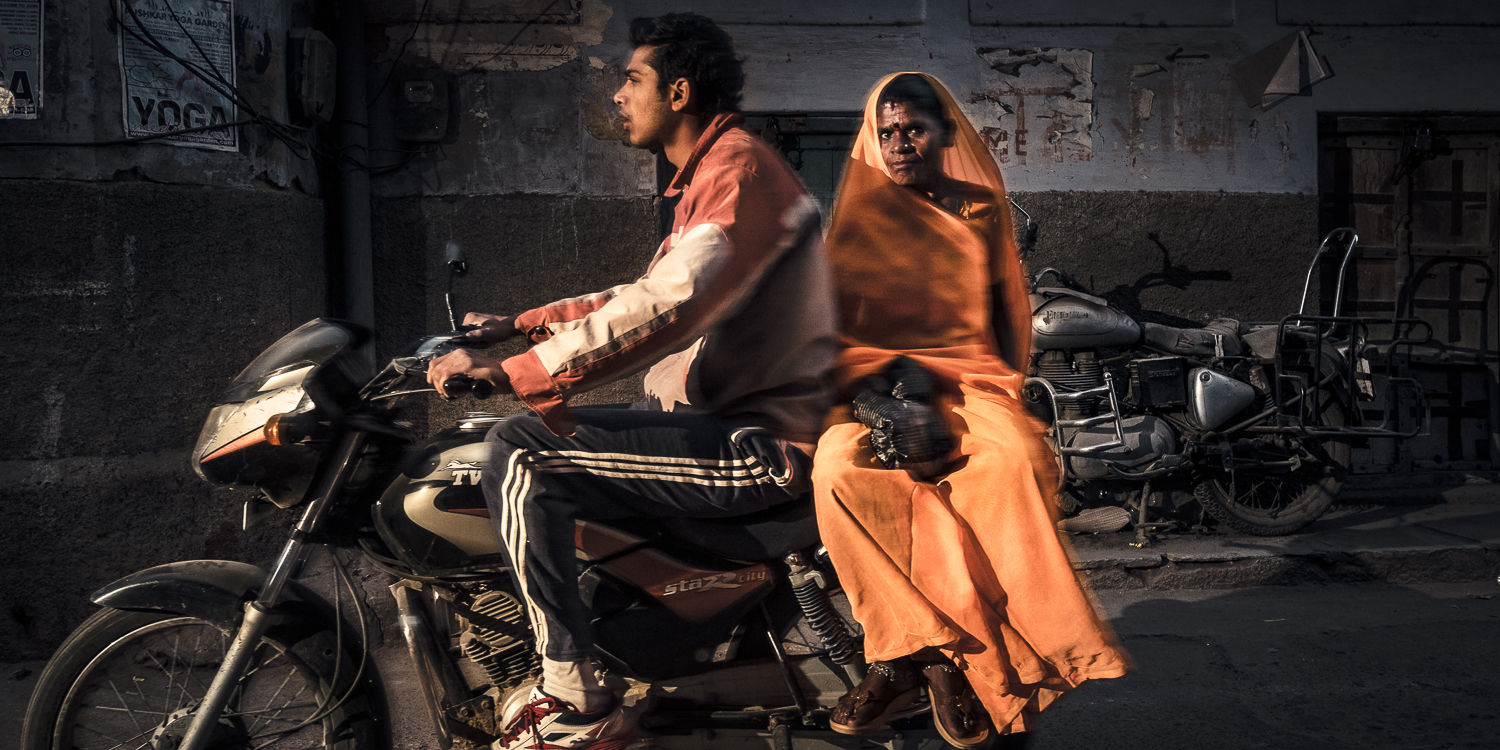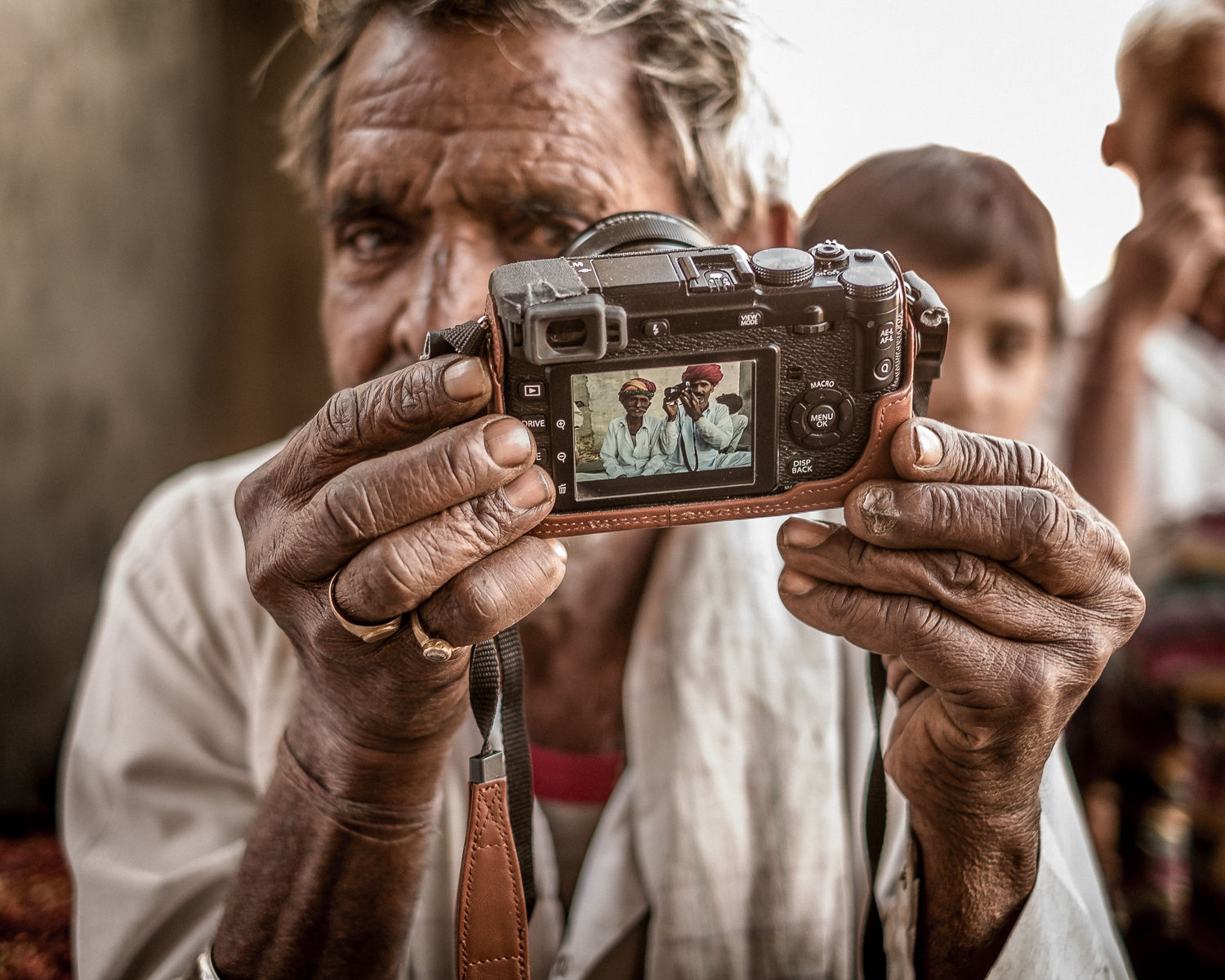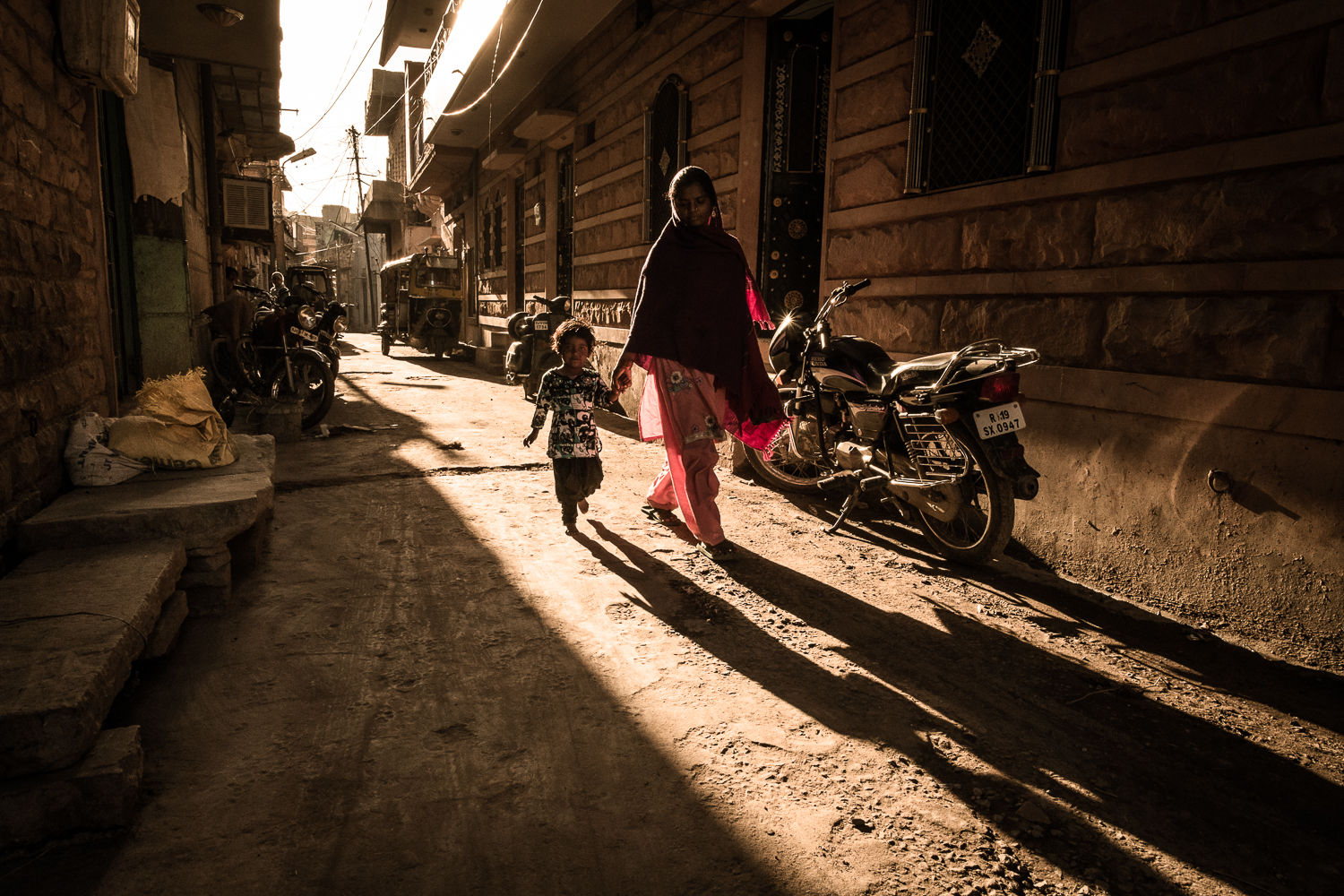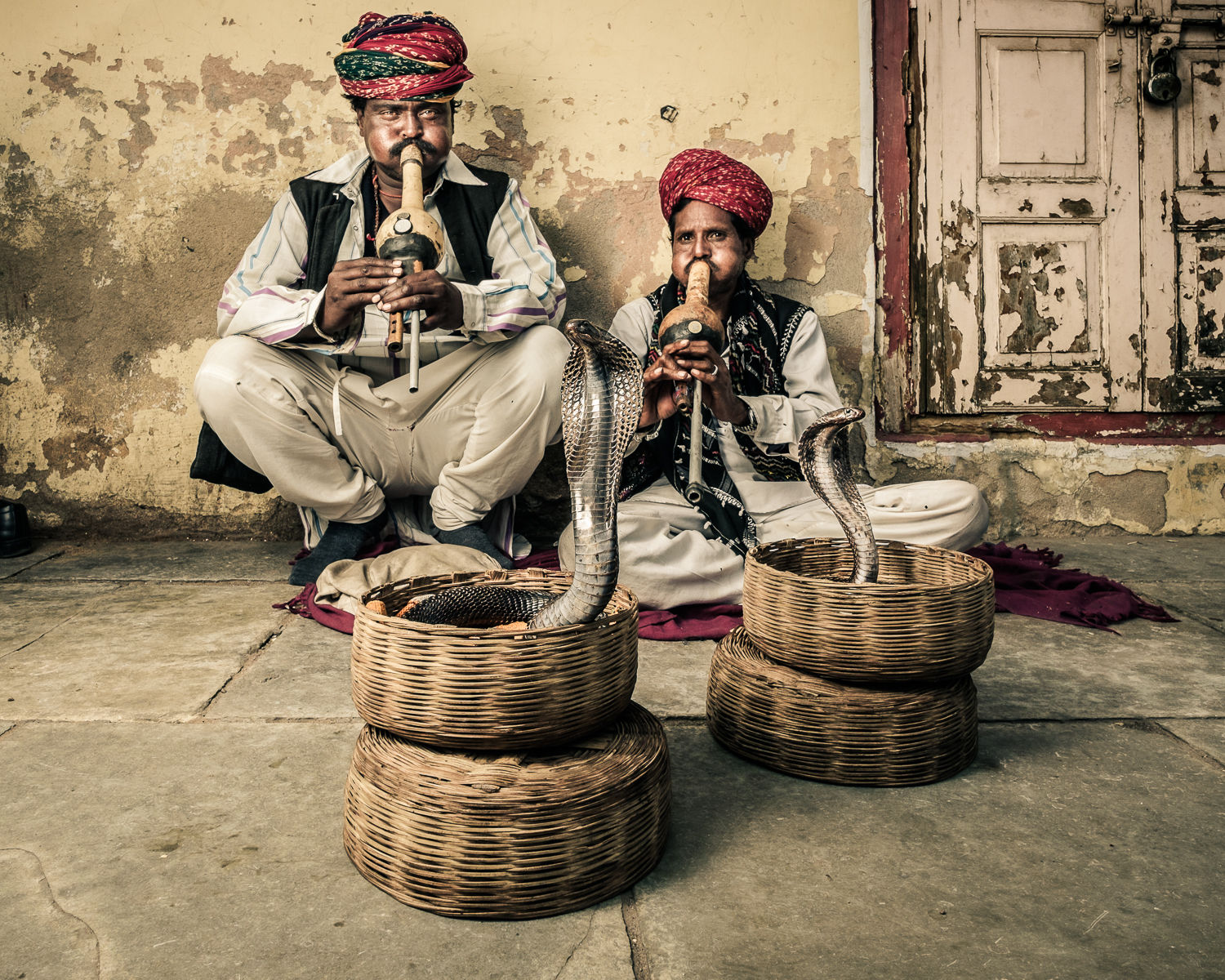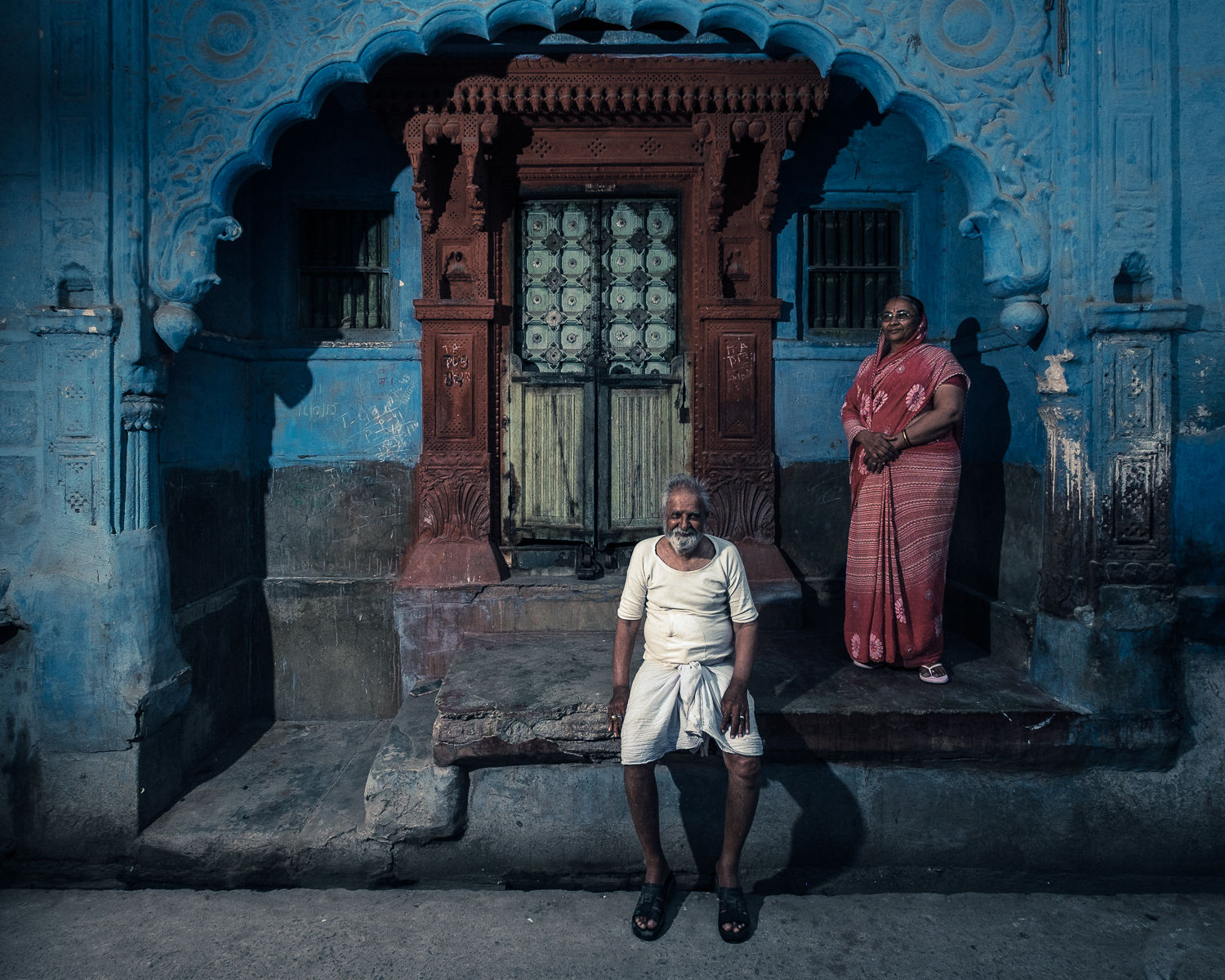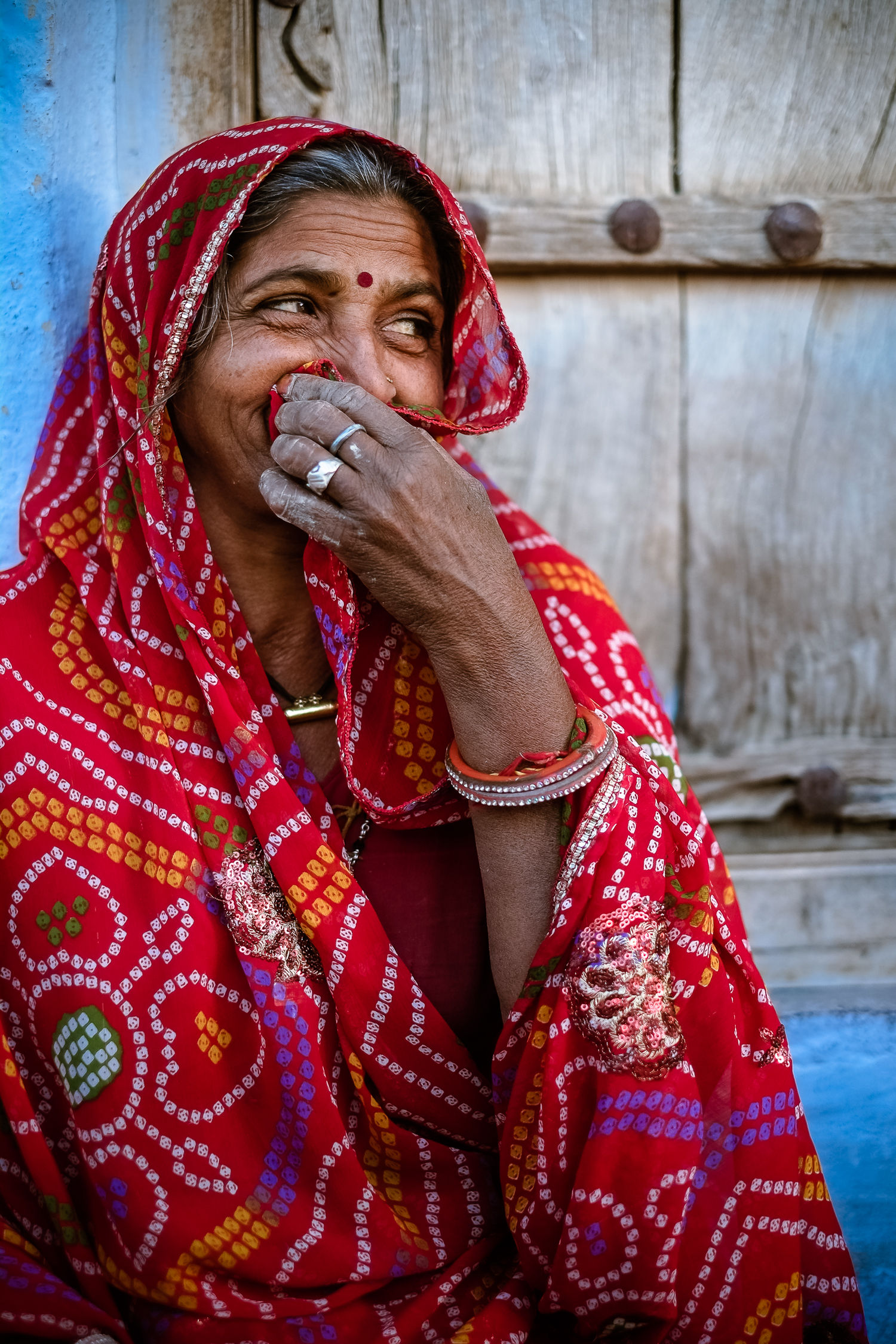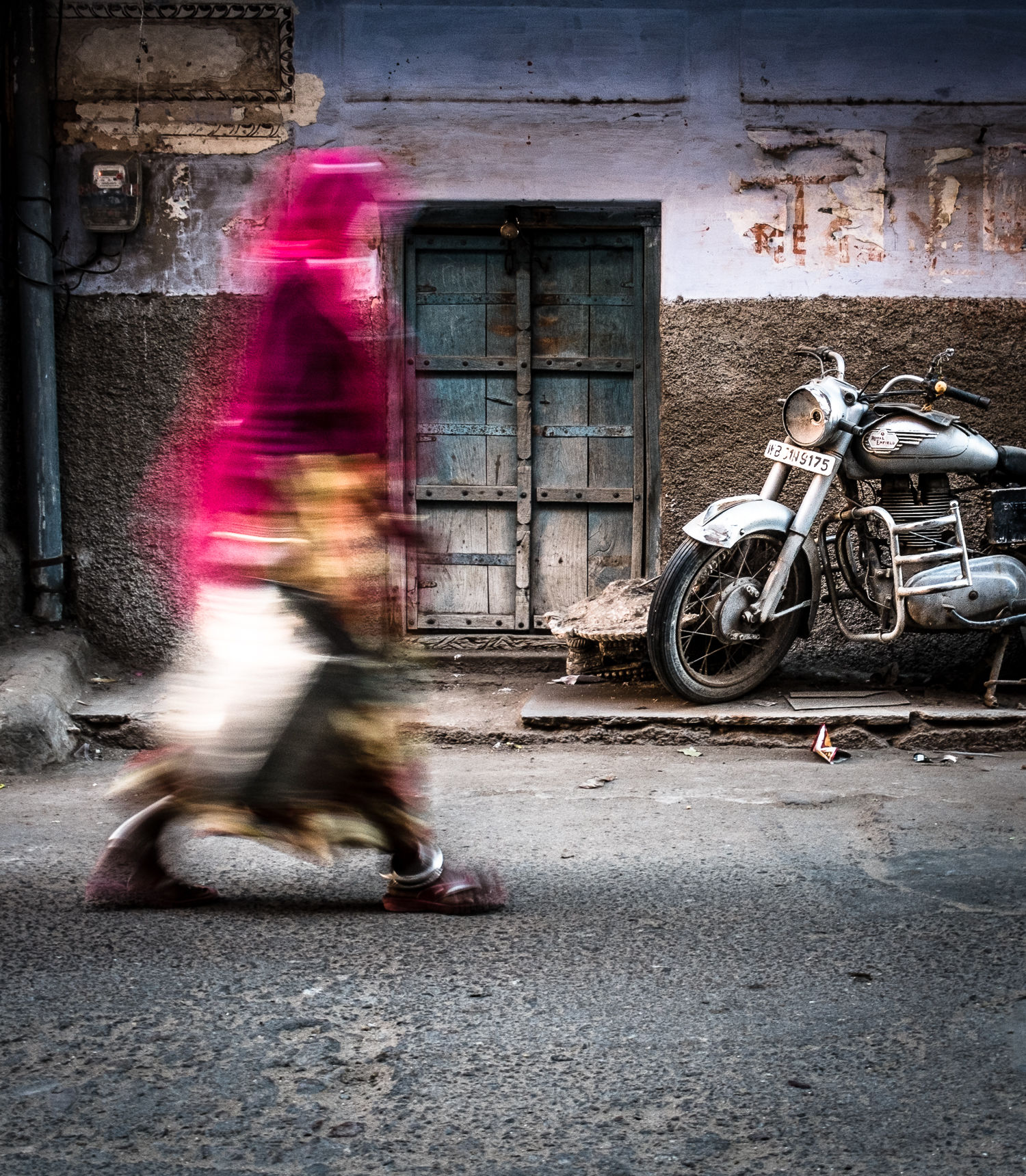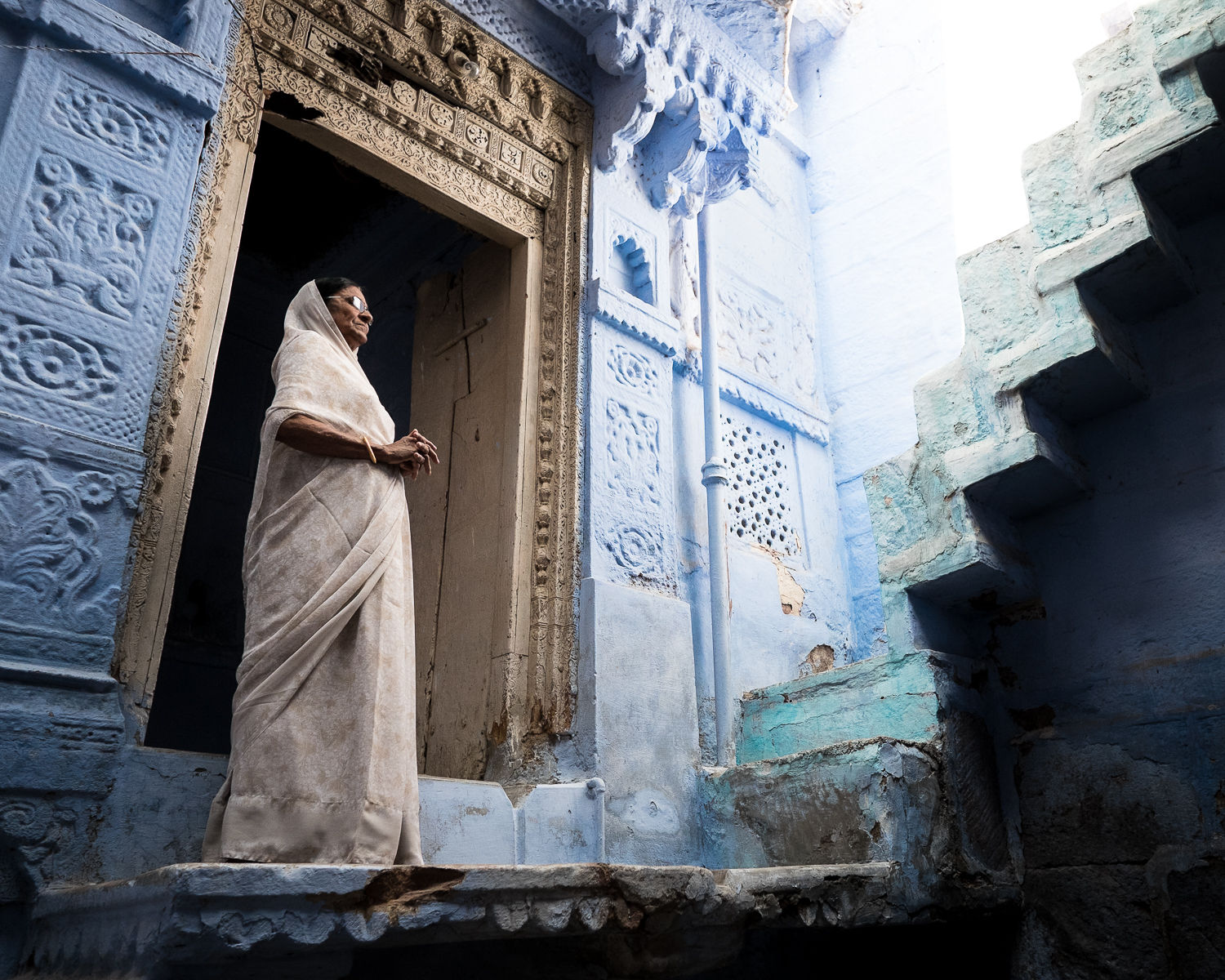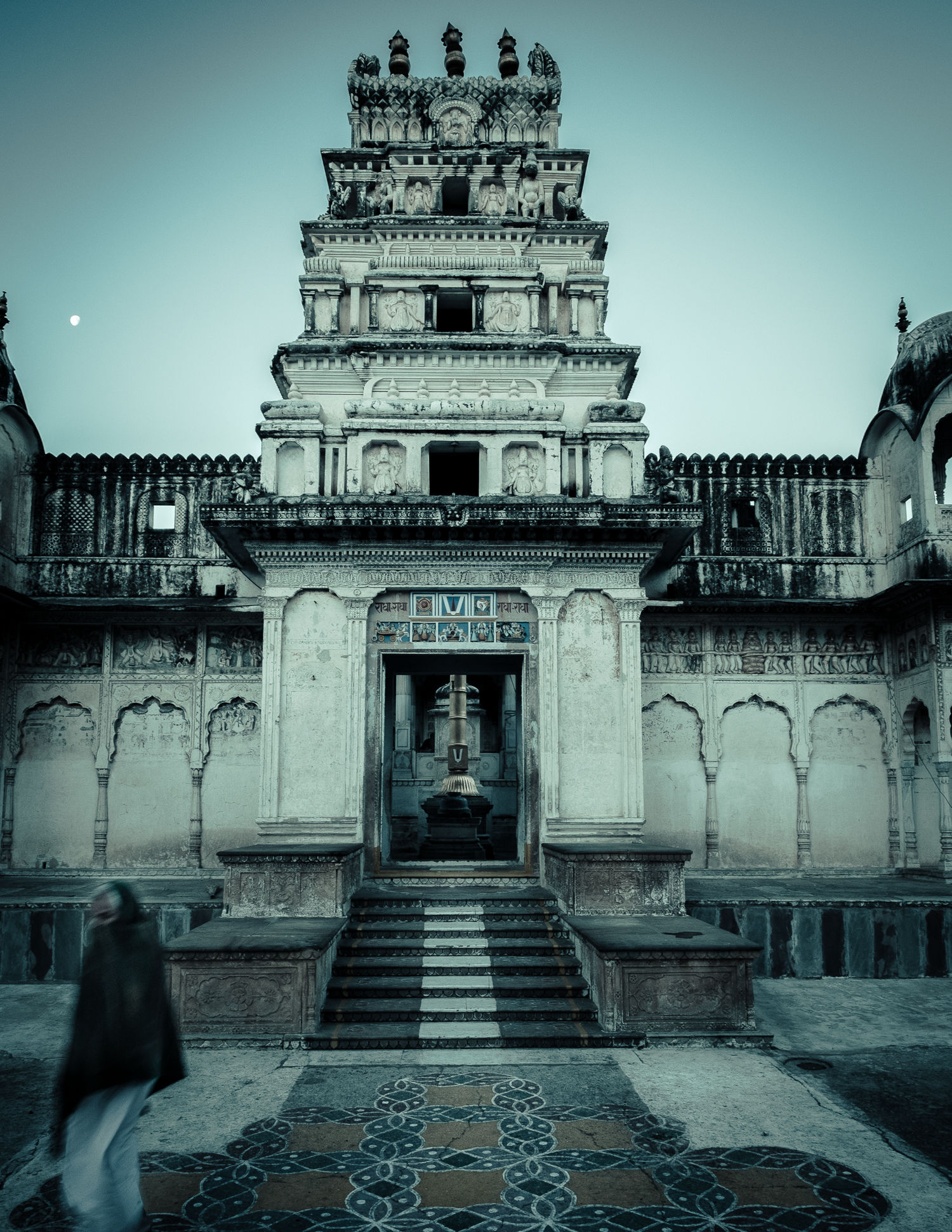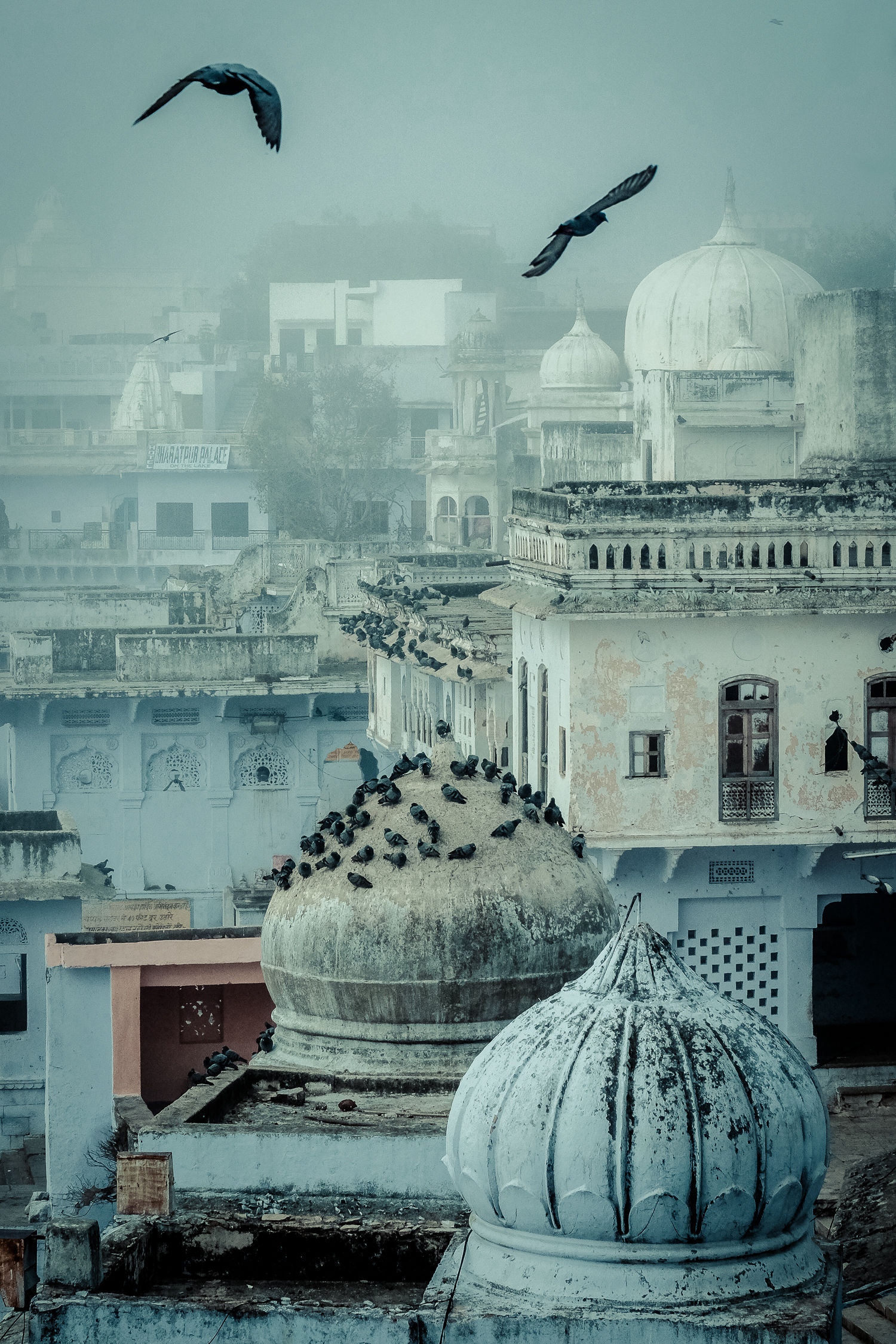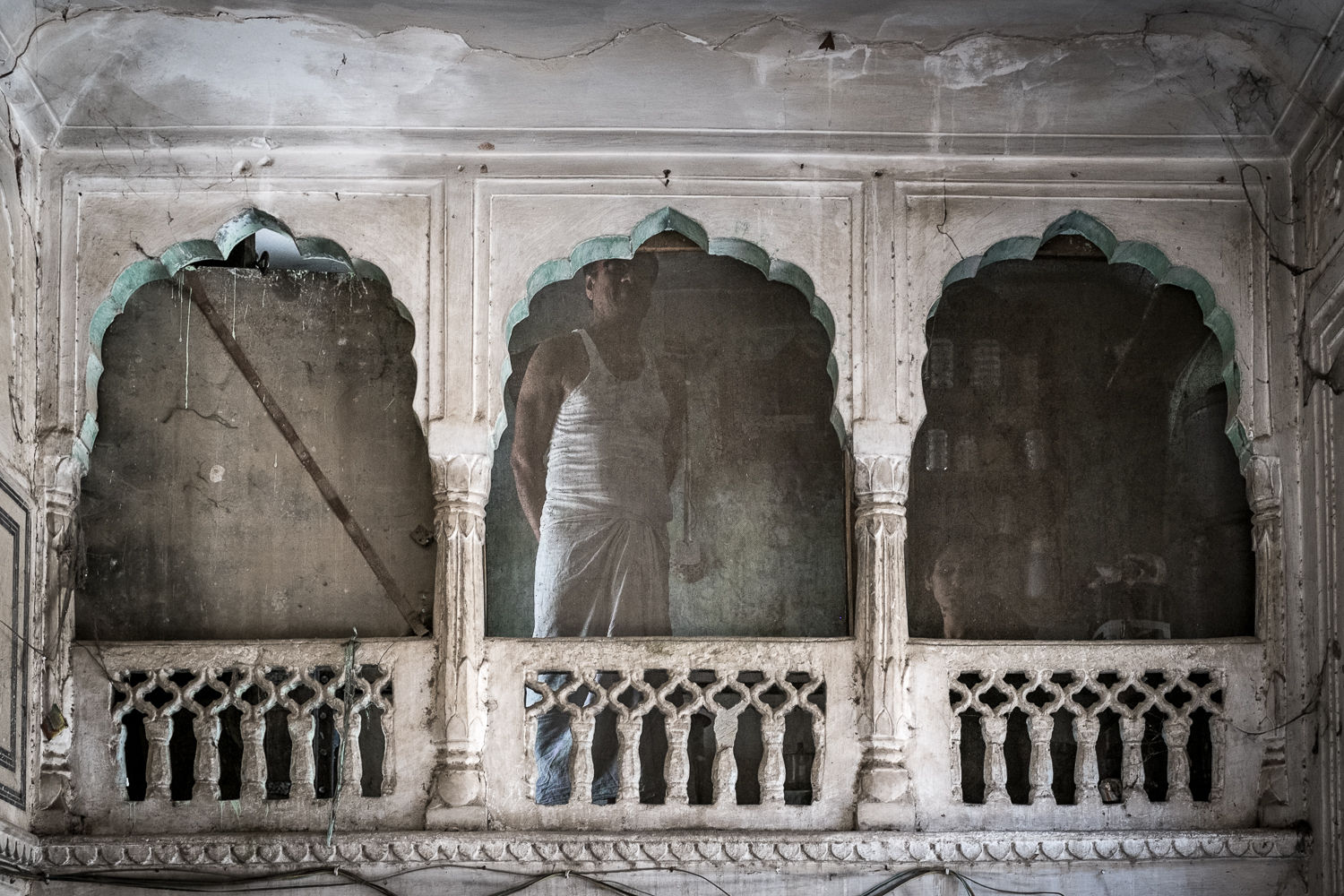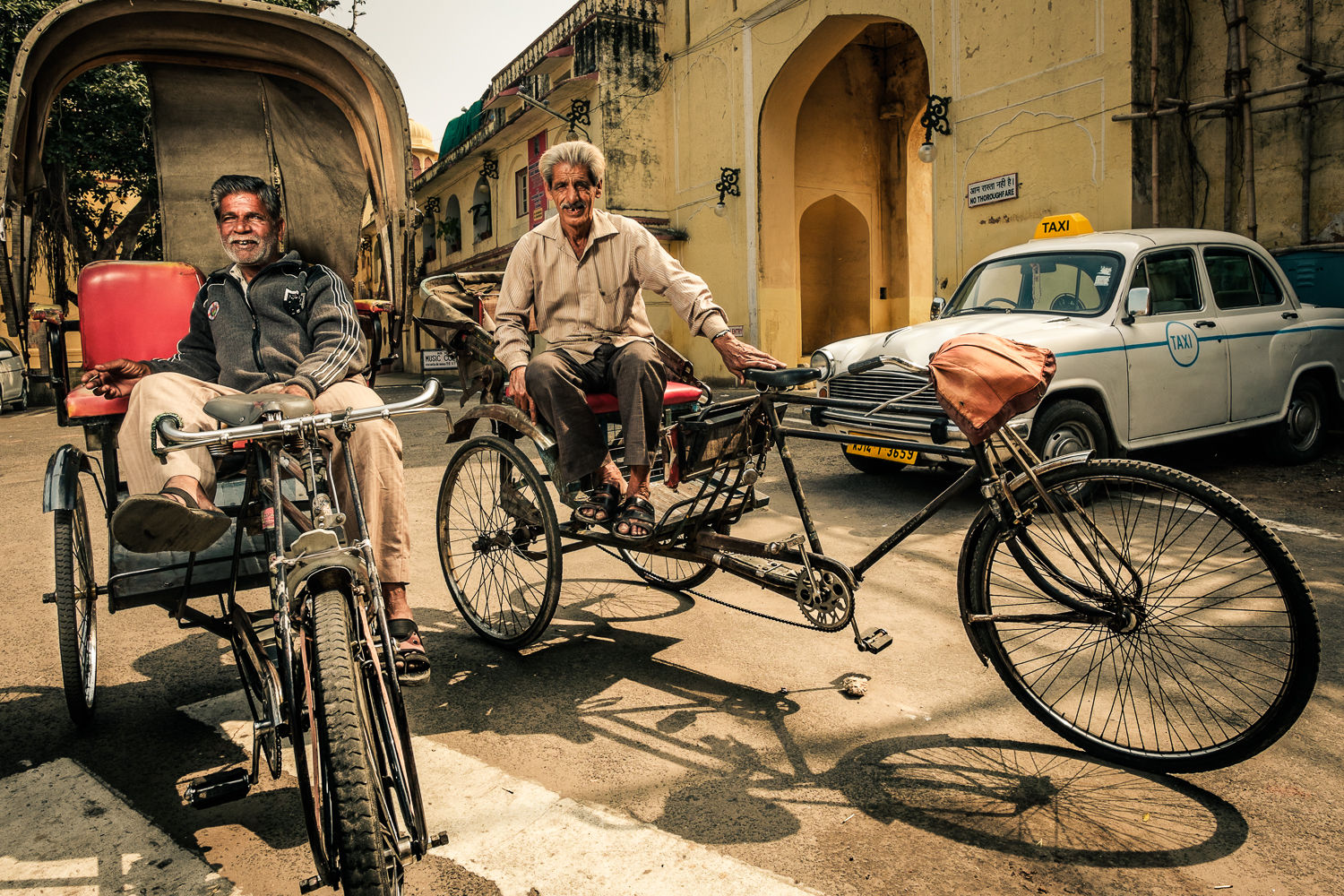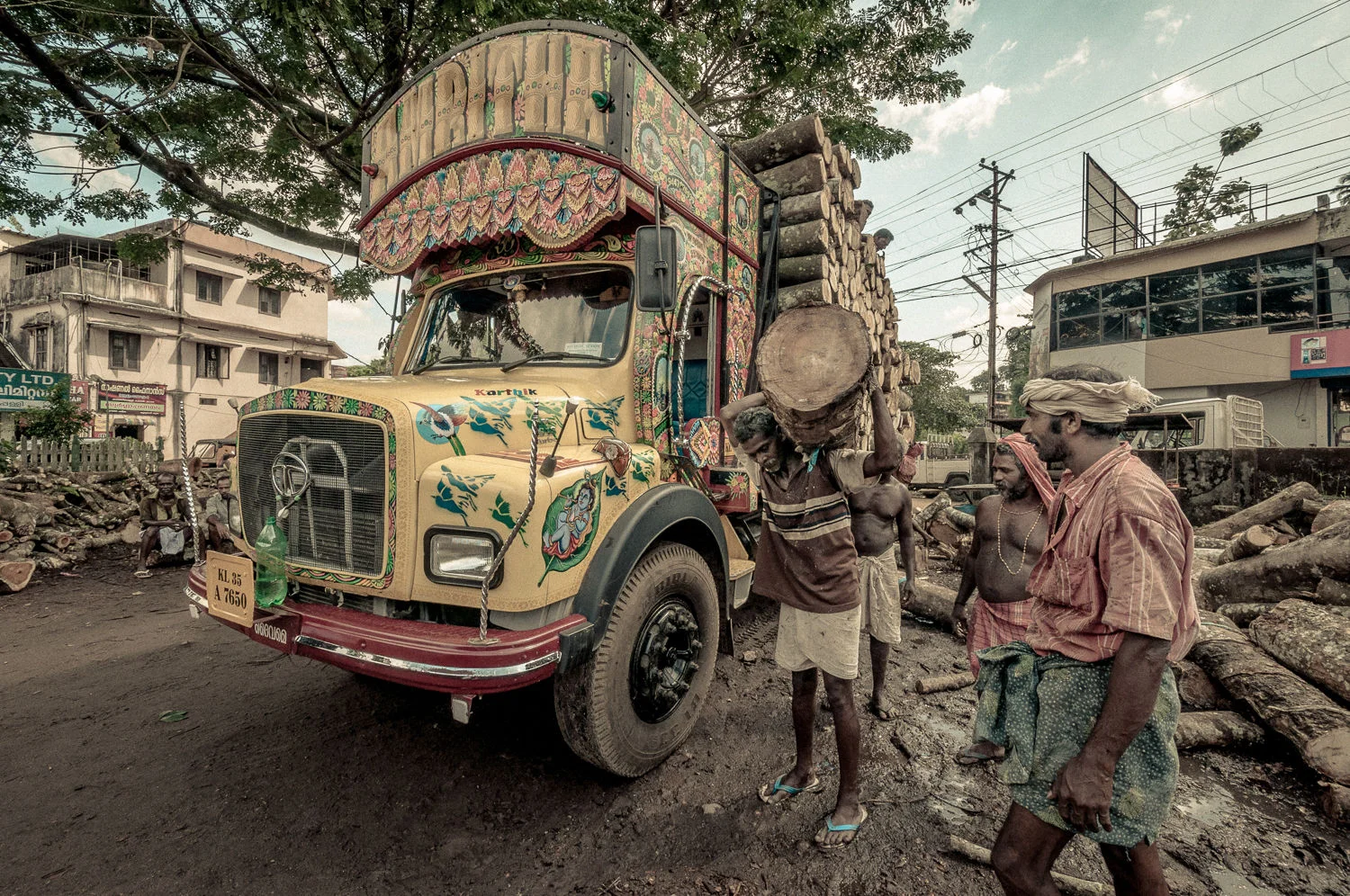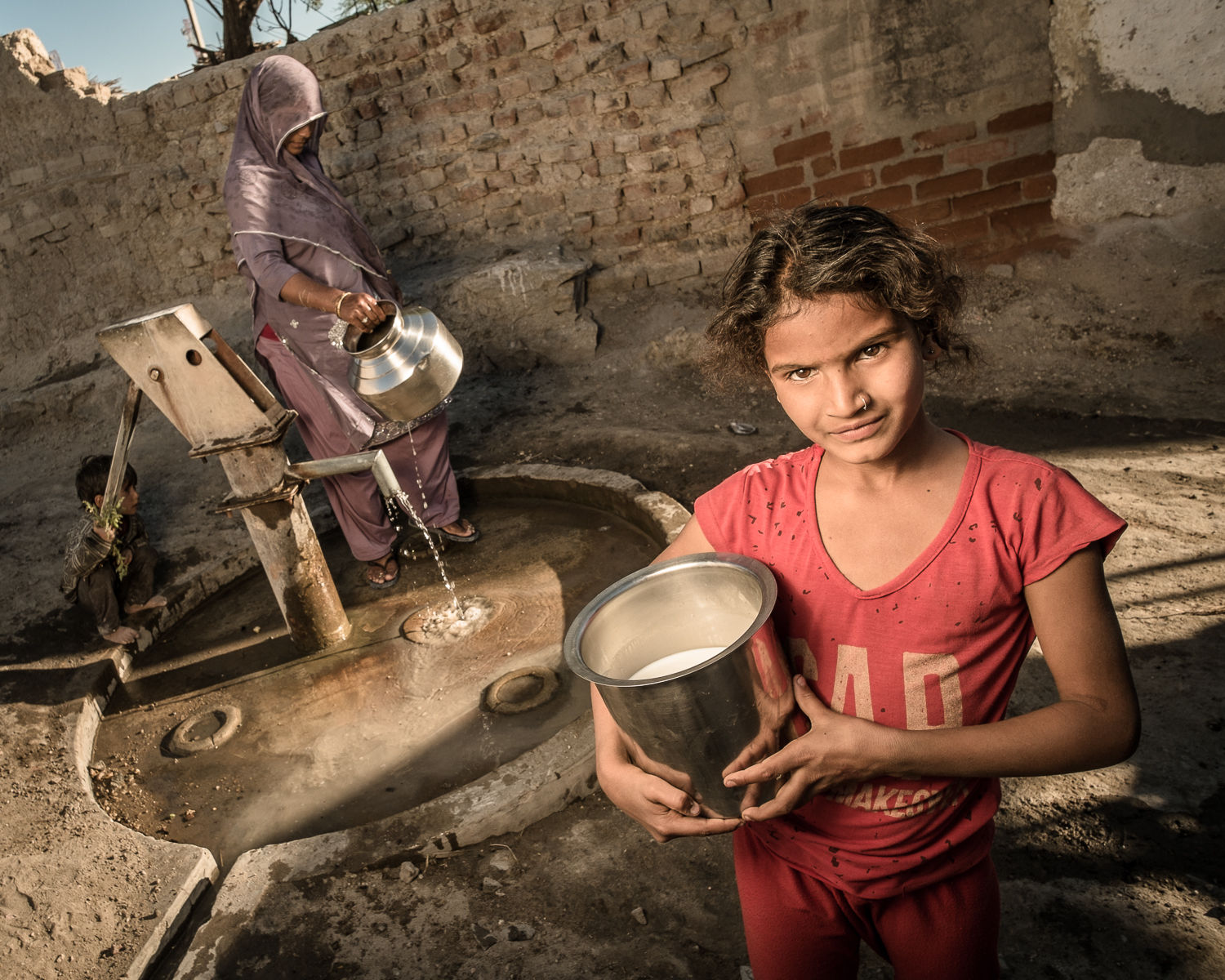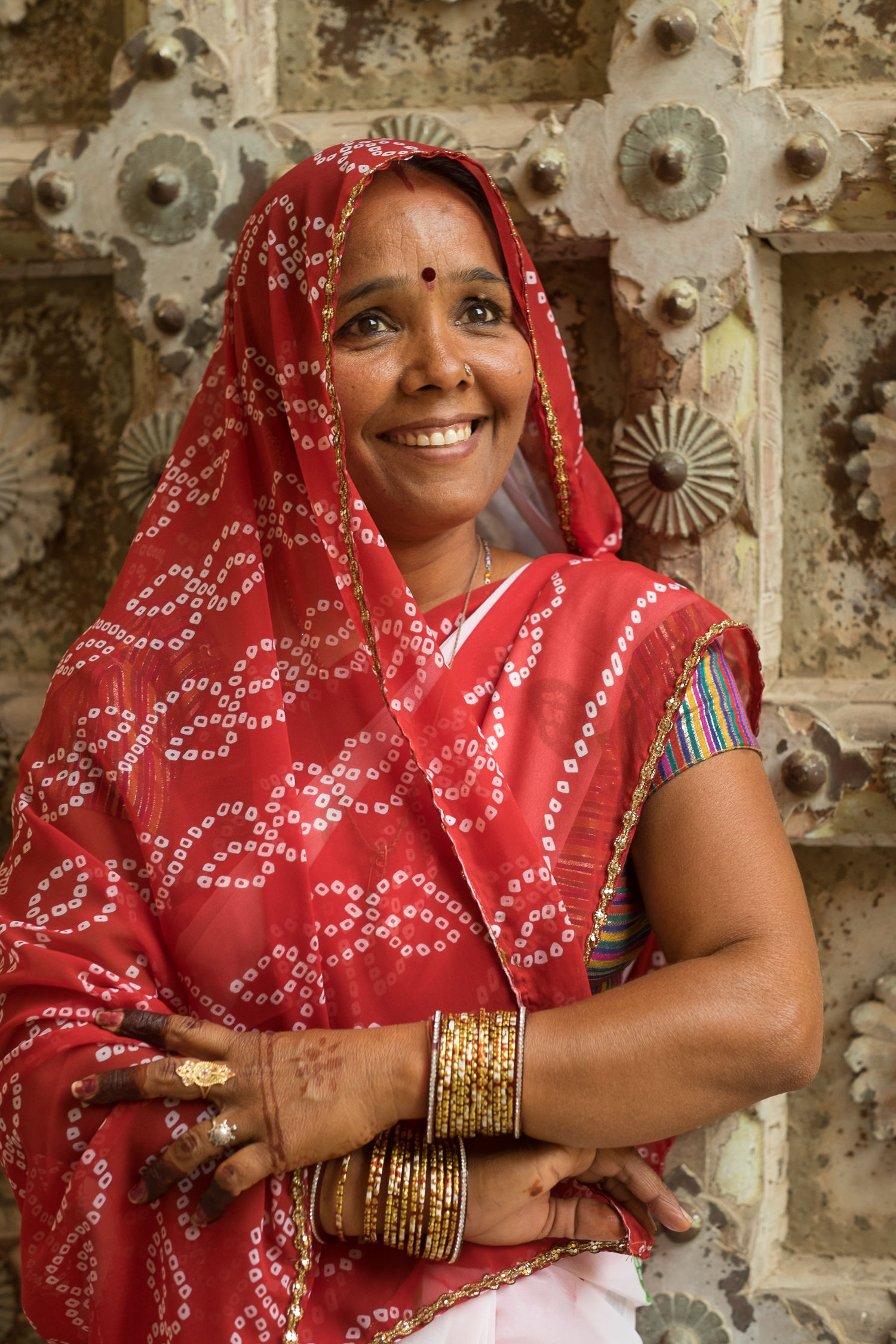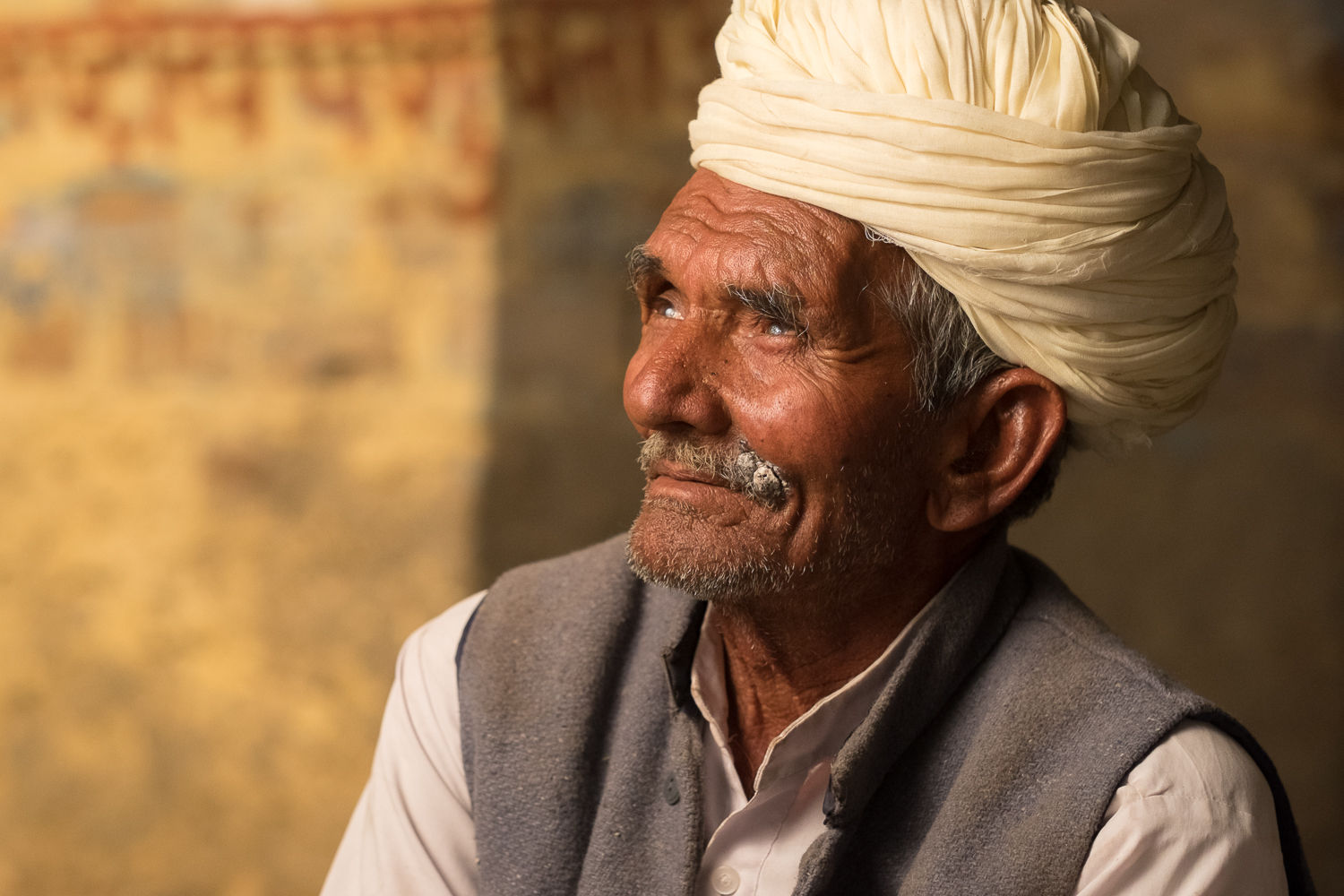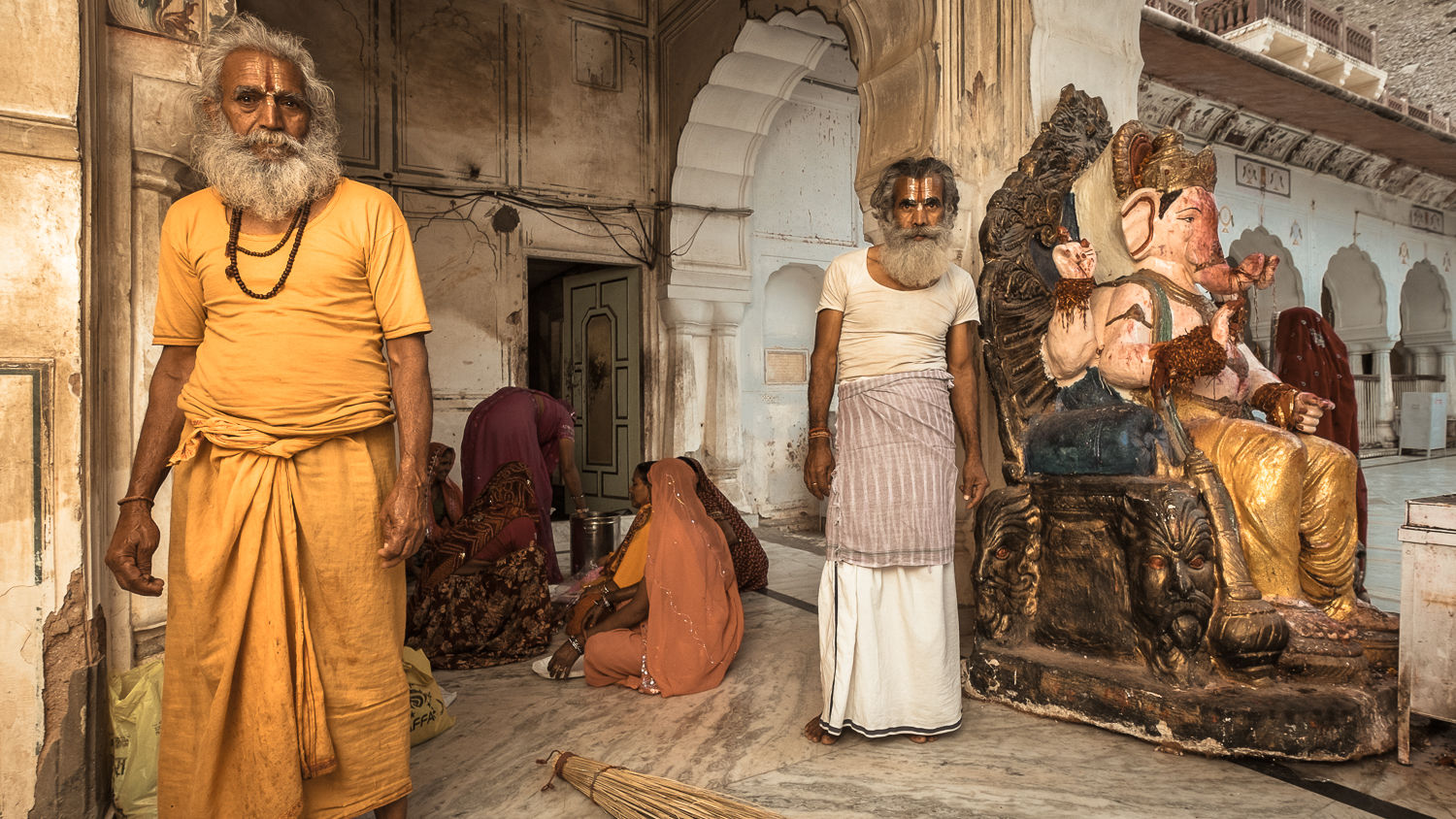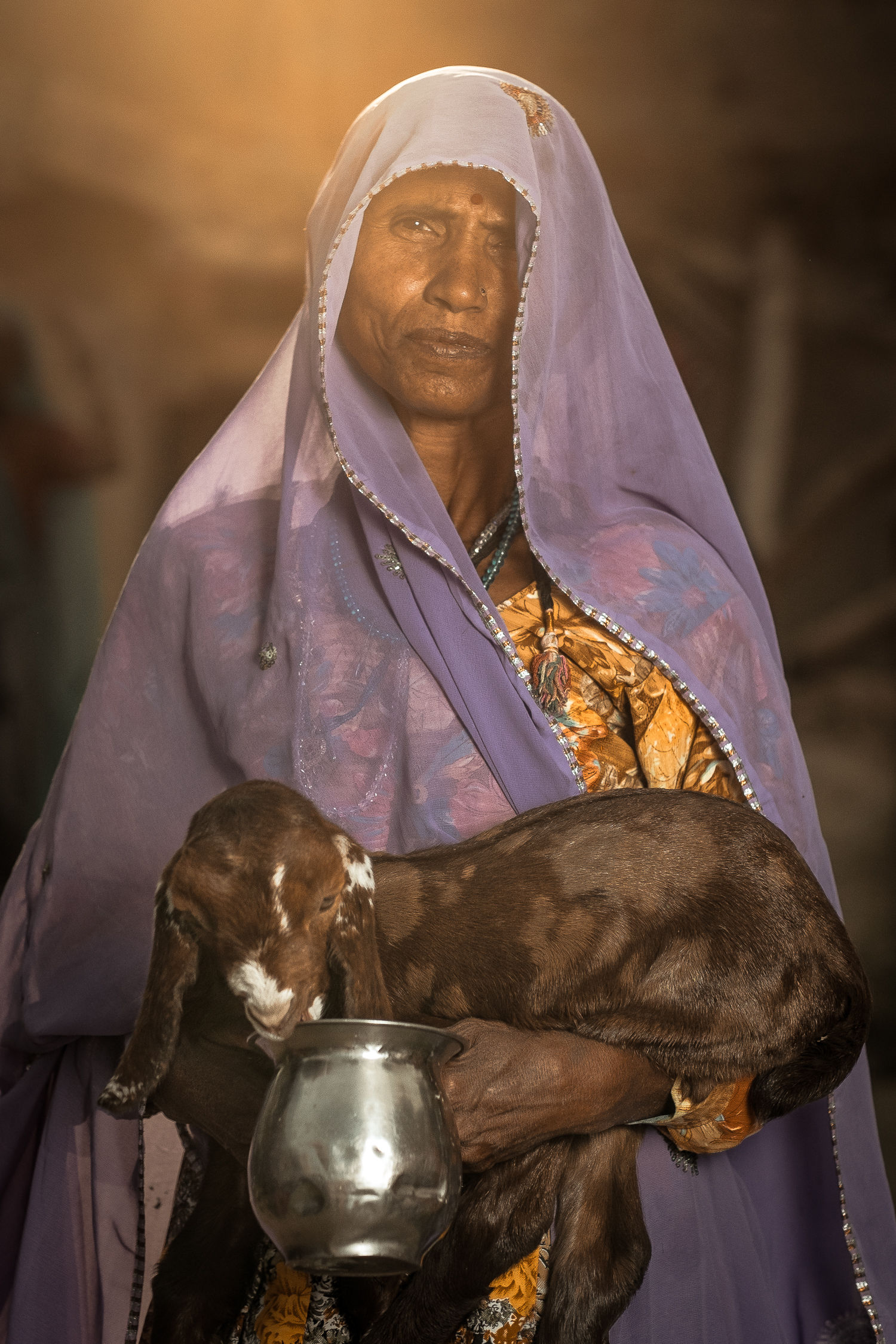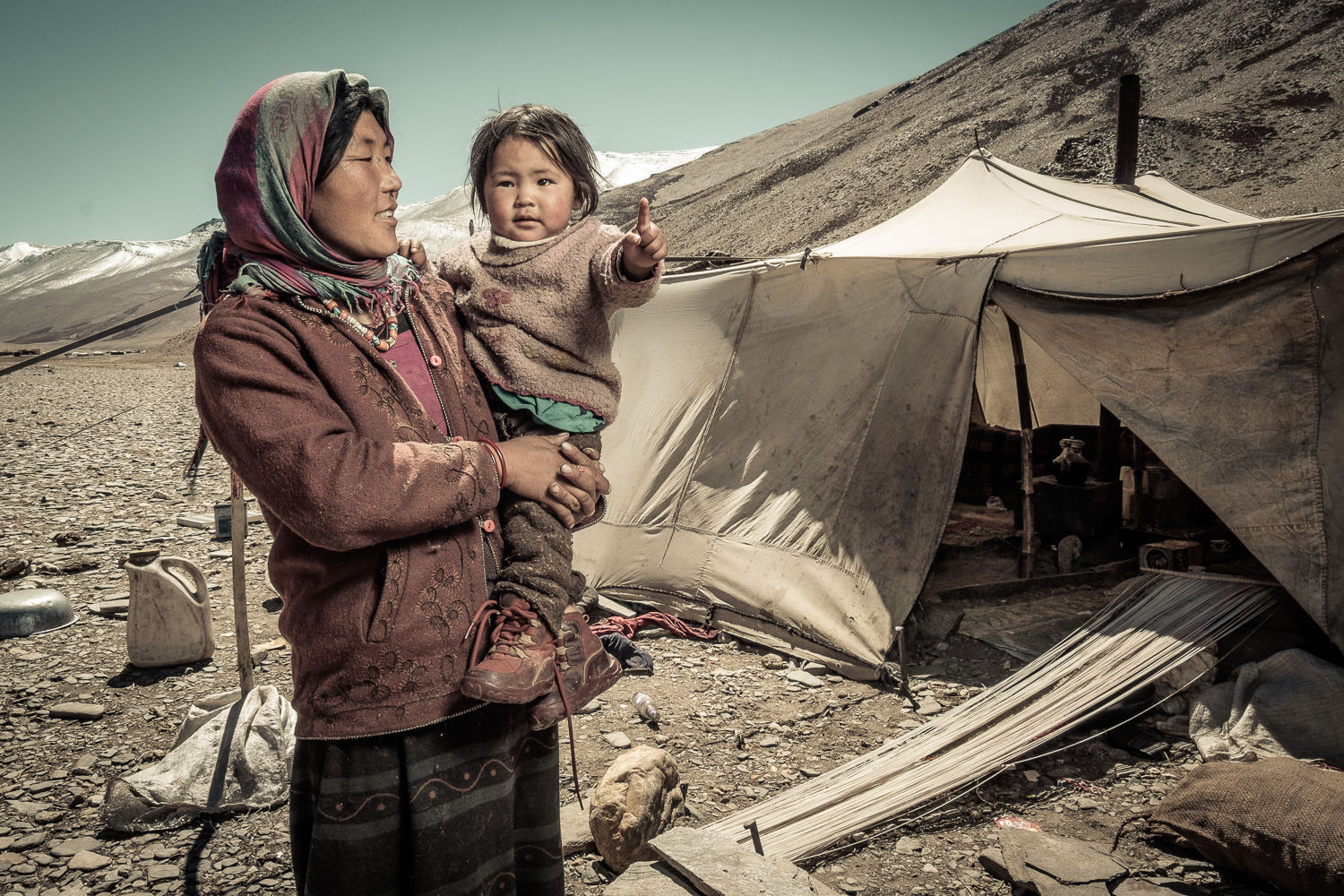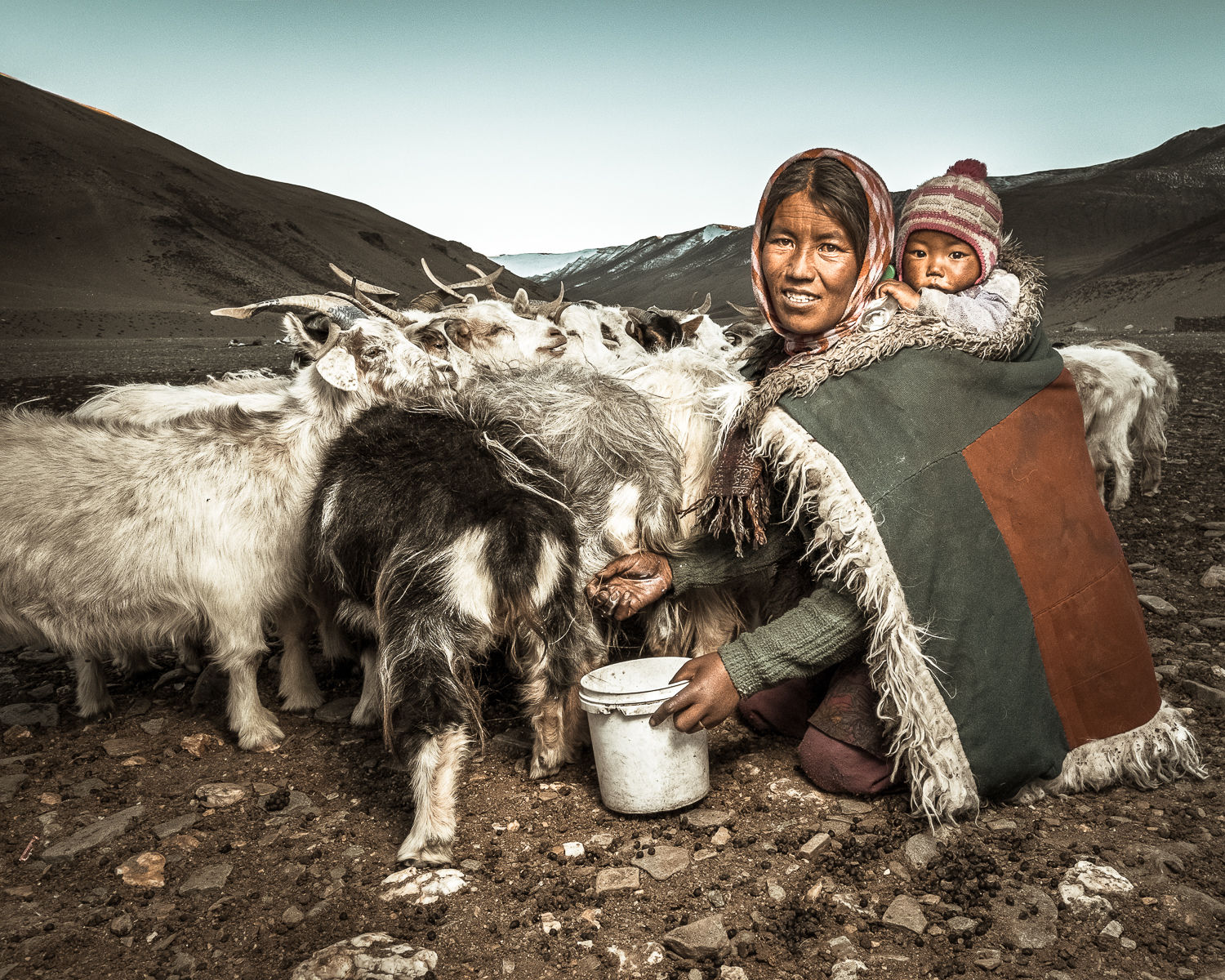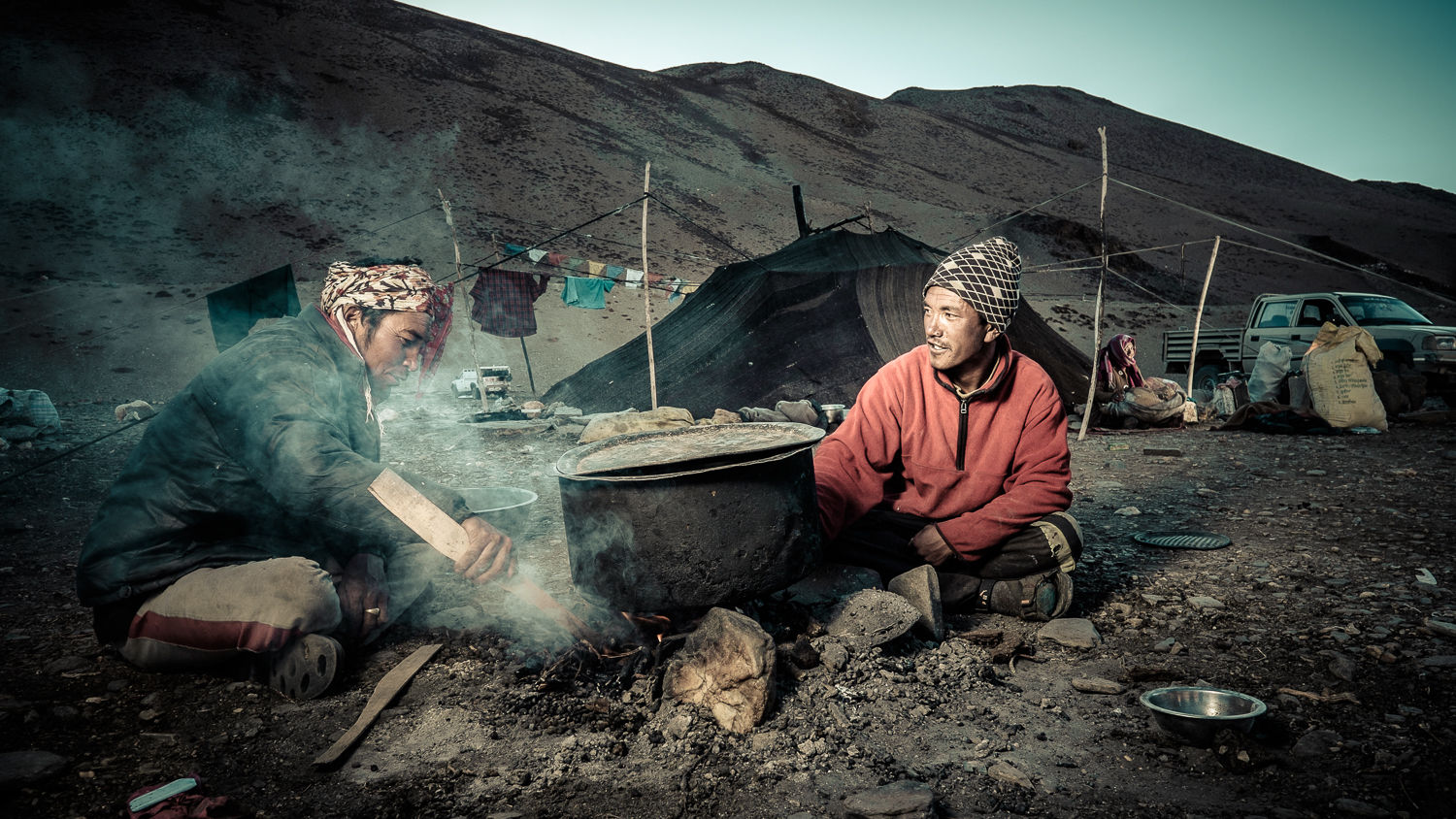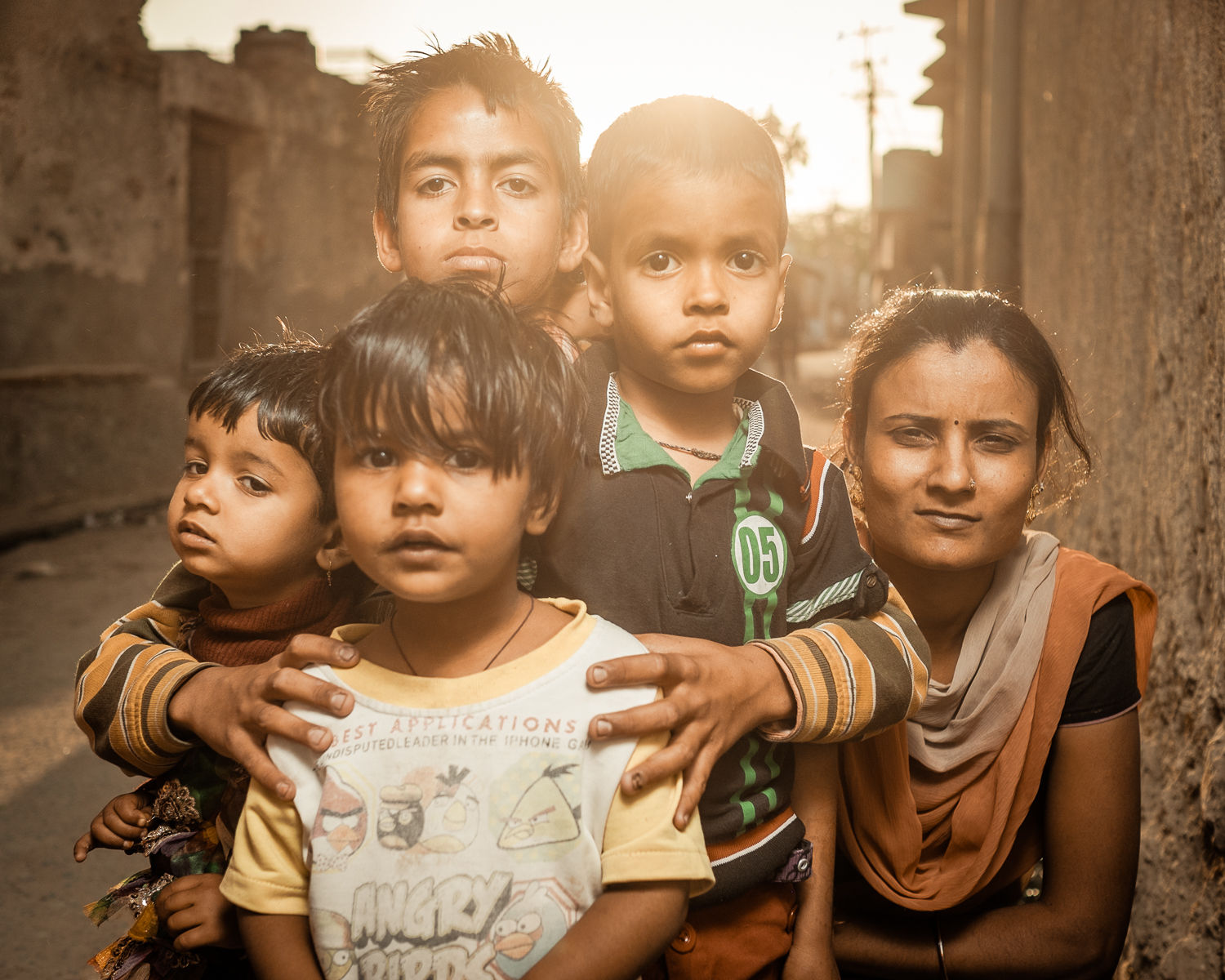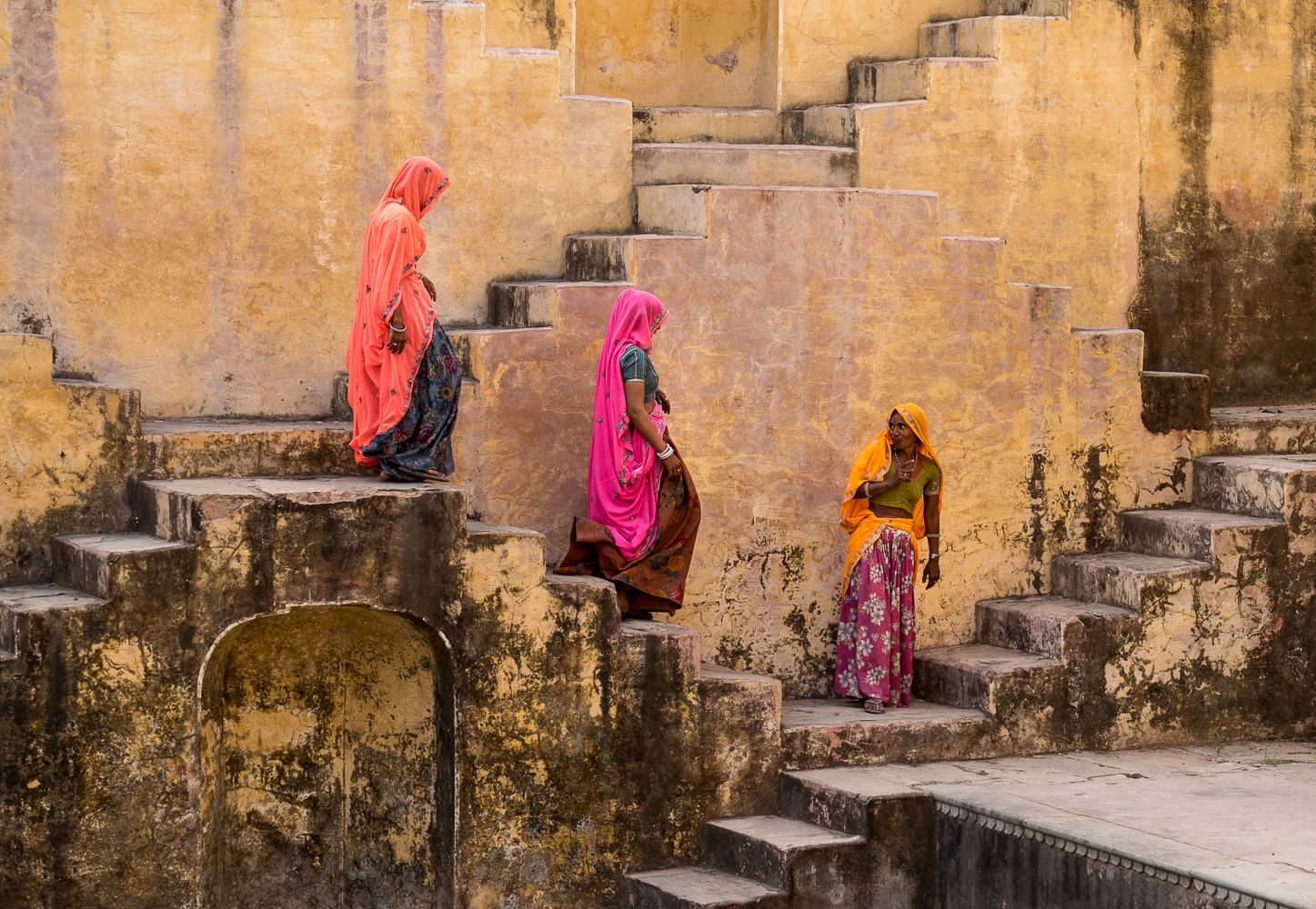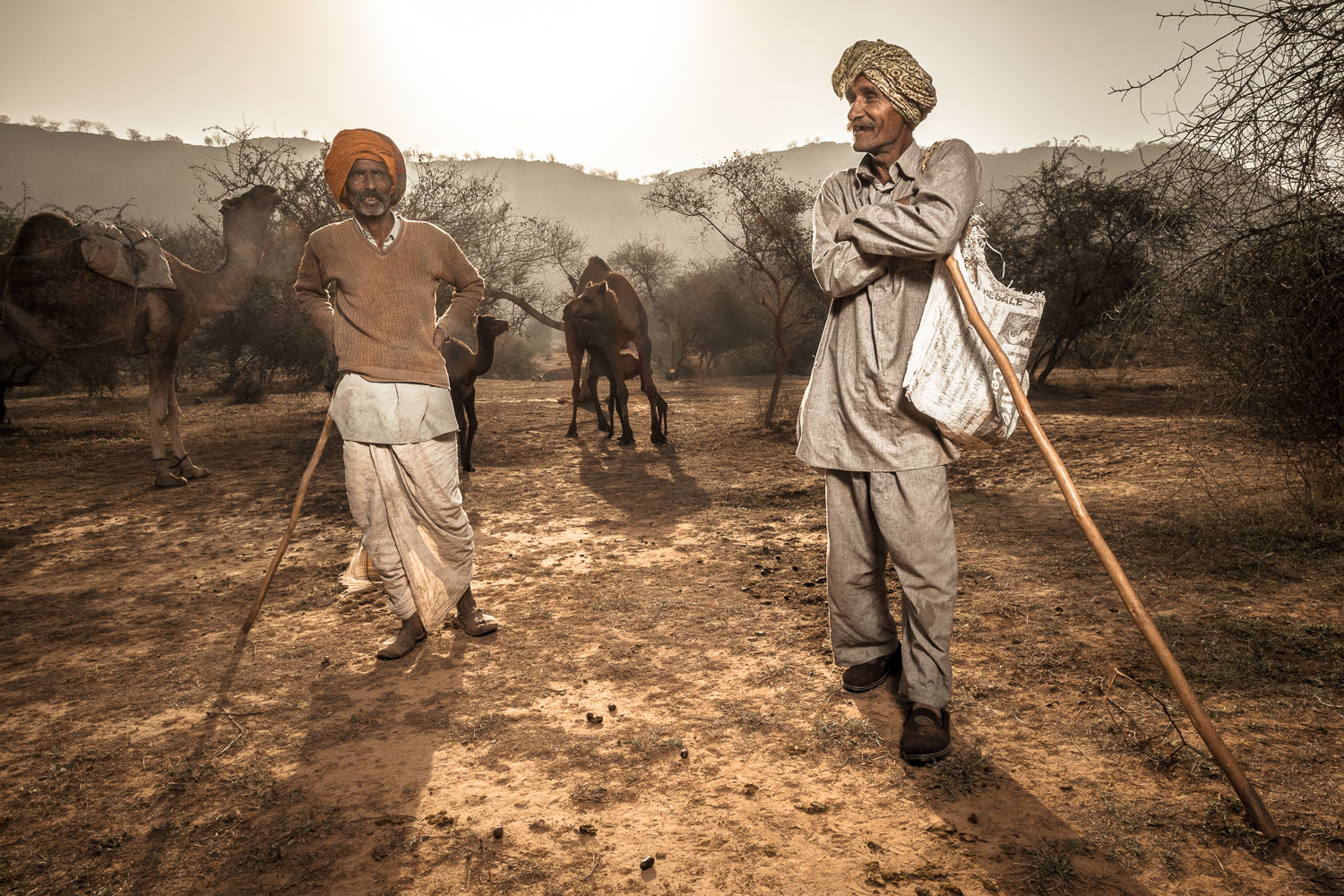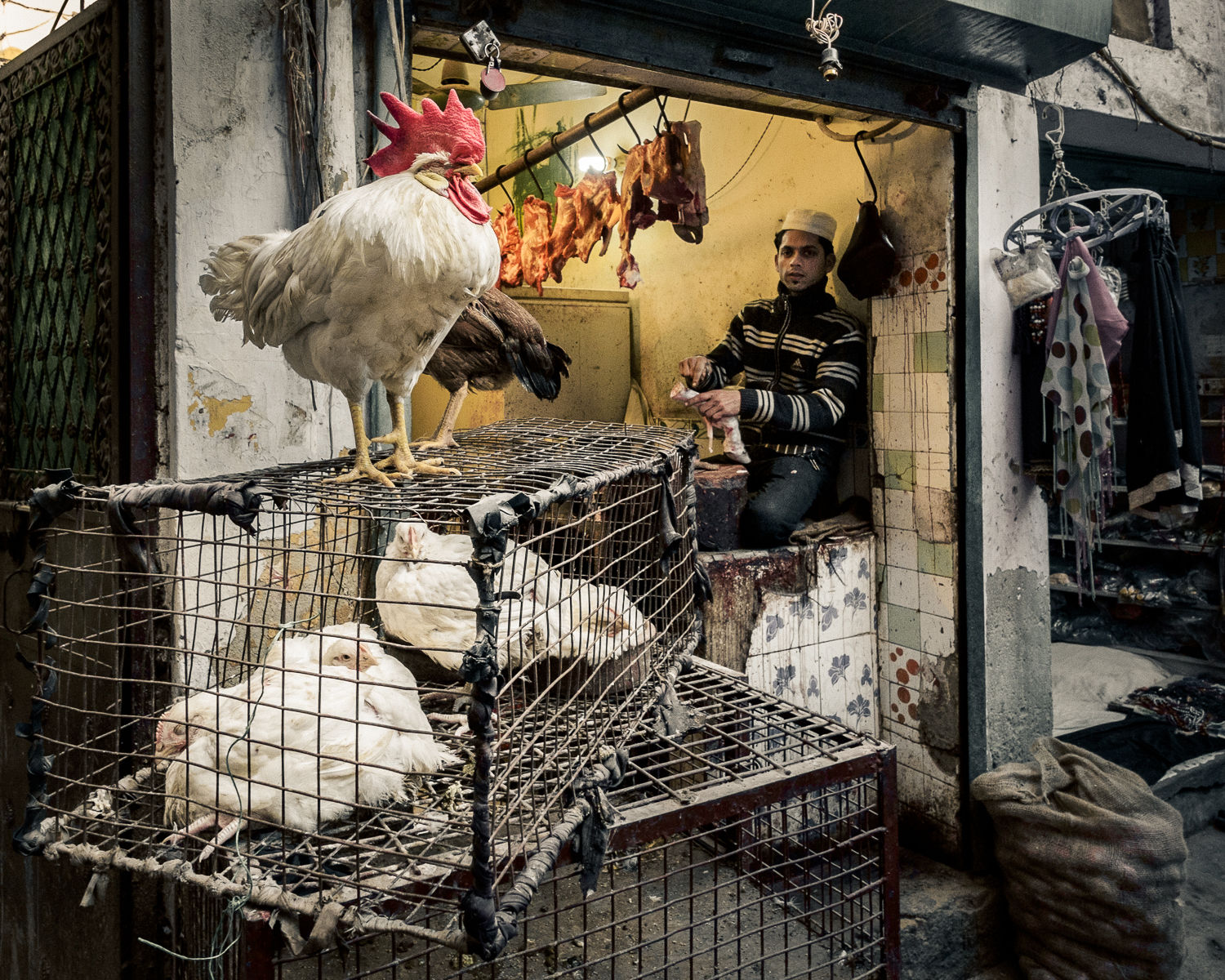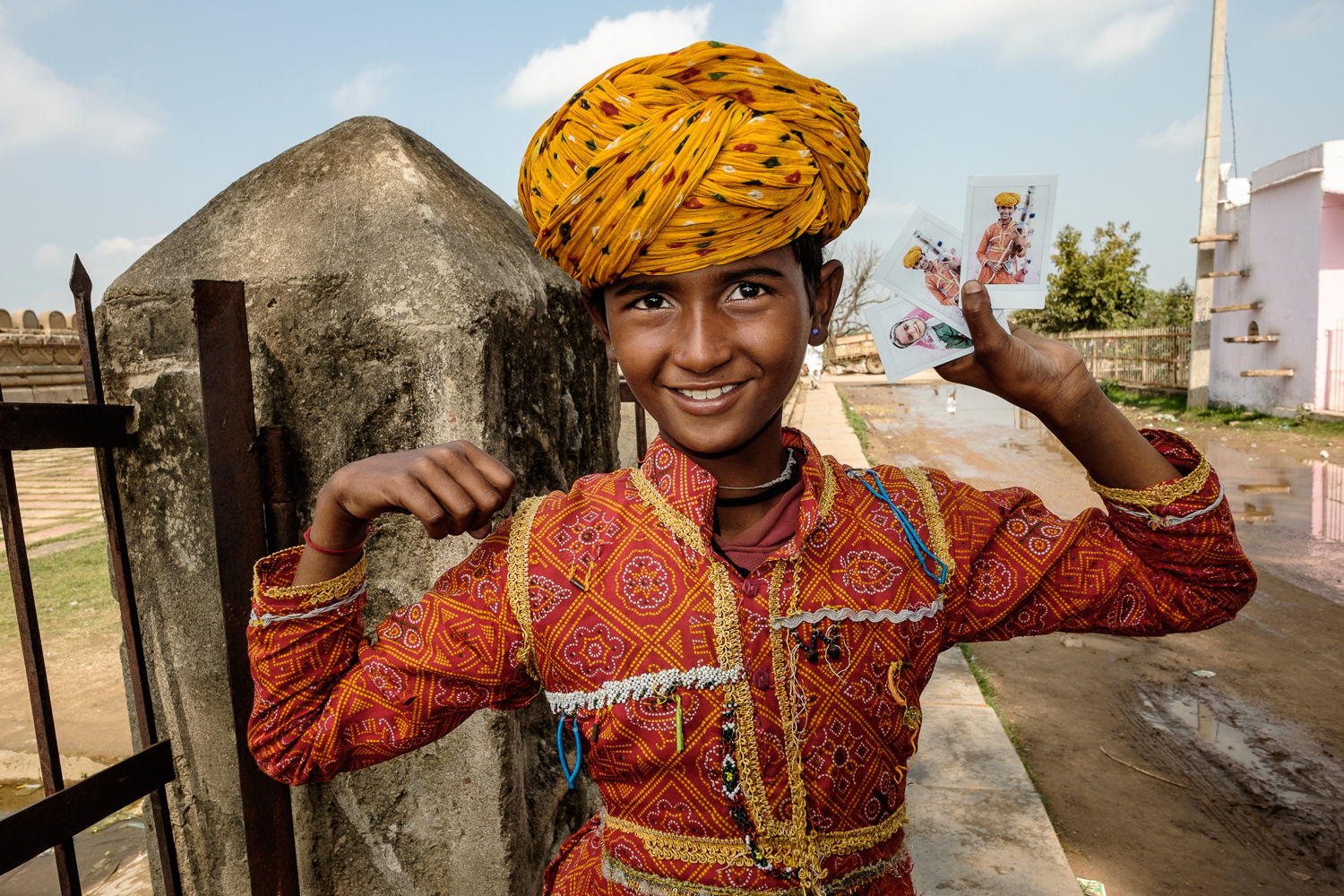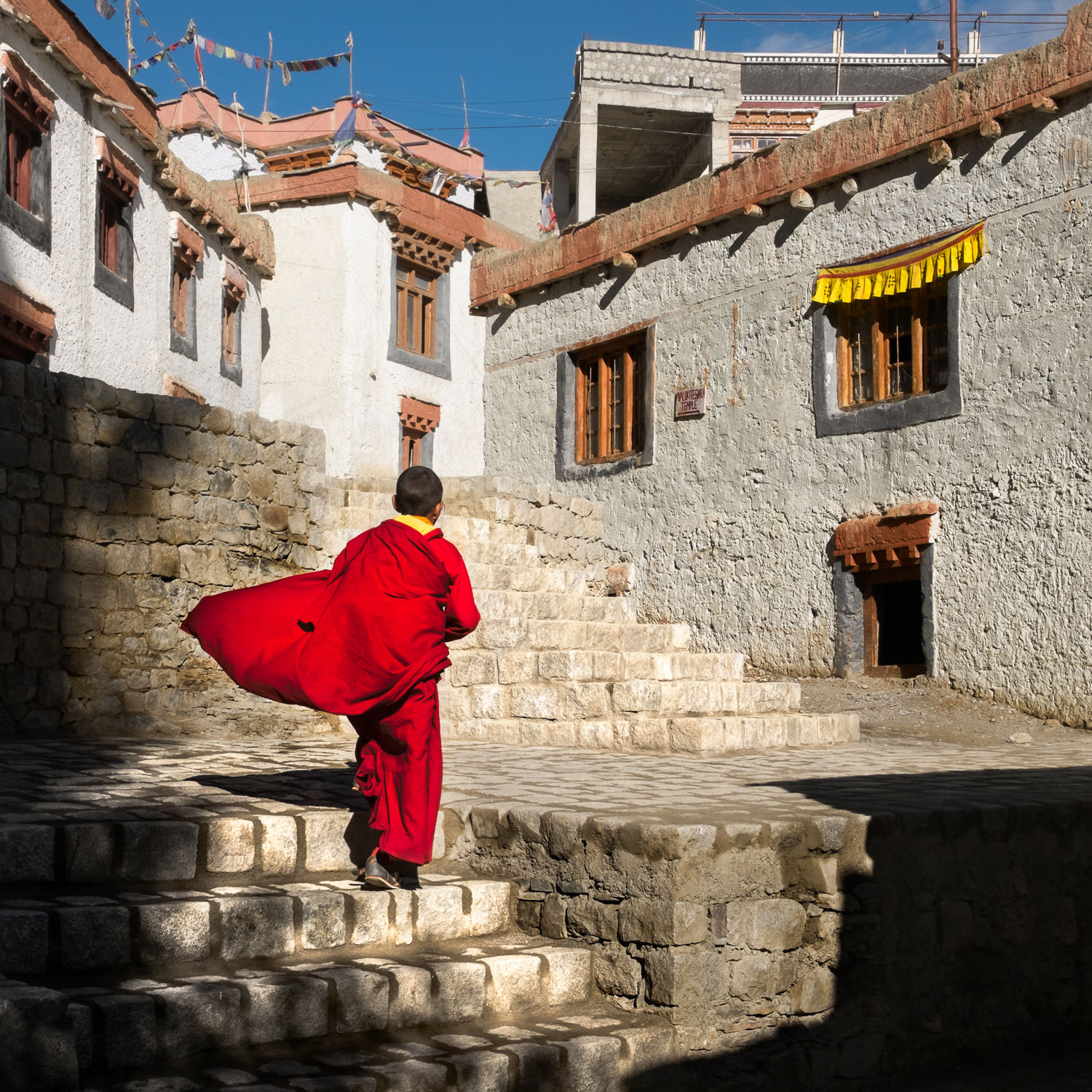What about the Tilt Screen?
Yeah, what about it? There isn't one, as you probably know by now. For me, it's not a deal breaker. Sure enough, if the X-Pro 2 had one, I would welcome it, but not if it came at the expense of a bigger, bulkier body. Between the dual card slot and a tilt screen, I'll take the dual card slot any time. Also, don't forget that you'll be able to wirelessly control the camera with the smartphone App. That's even better than a tilt screen, in some cases!
What could be improved?
Some testers have reported the Exposure Compensation wheel is too loose. It did not feel loose on my sample. What I would like is that Fujifilm offer the option of saving 16 bit TIFF files to card. I feel that Lightroom still isn't squeezing everything out of the RAW files and this would be a nice addition, especially for people who shoot rather slow and deliberate, like me. Alternatively, I wish that Fujifilm would release a simple RAW to 16 bit TIFF conversion software. Basically, a desktop-version of the in-camera RAW converter that would allow batch-processing. And no, I don't mean Silkypix, that awfully complex raw converter that ships with the camera.
Another thing I would like is to see on the accessory list is a 'Long Eyecup' like the X-T1. This helps to block the sunlight and gives more contrast in the viewfinder which is especially helpful on sunny days.
Finally, I would really love to have some more highlight clipping information in the EVF and OVF: we can already program a gazillion warnings in the viewfinder, but the one I would like to see is a Lightroom-style highlight / shadow clipping warning, showing the actual areas that are clipped. Sure, there's the live histogram but that only says there's clipping. It does not say where that clipping occurs.
As you can see, minor quibbles that are mostly software- or firmware related. Other than that, I really can't think of much. So now, I'm off to shoot some more! Where did I put my spare batteries?
